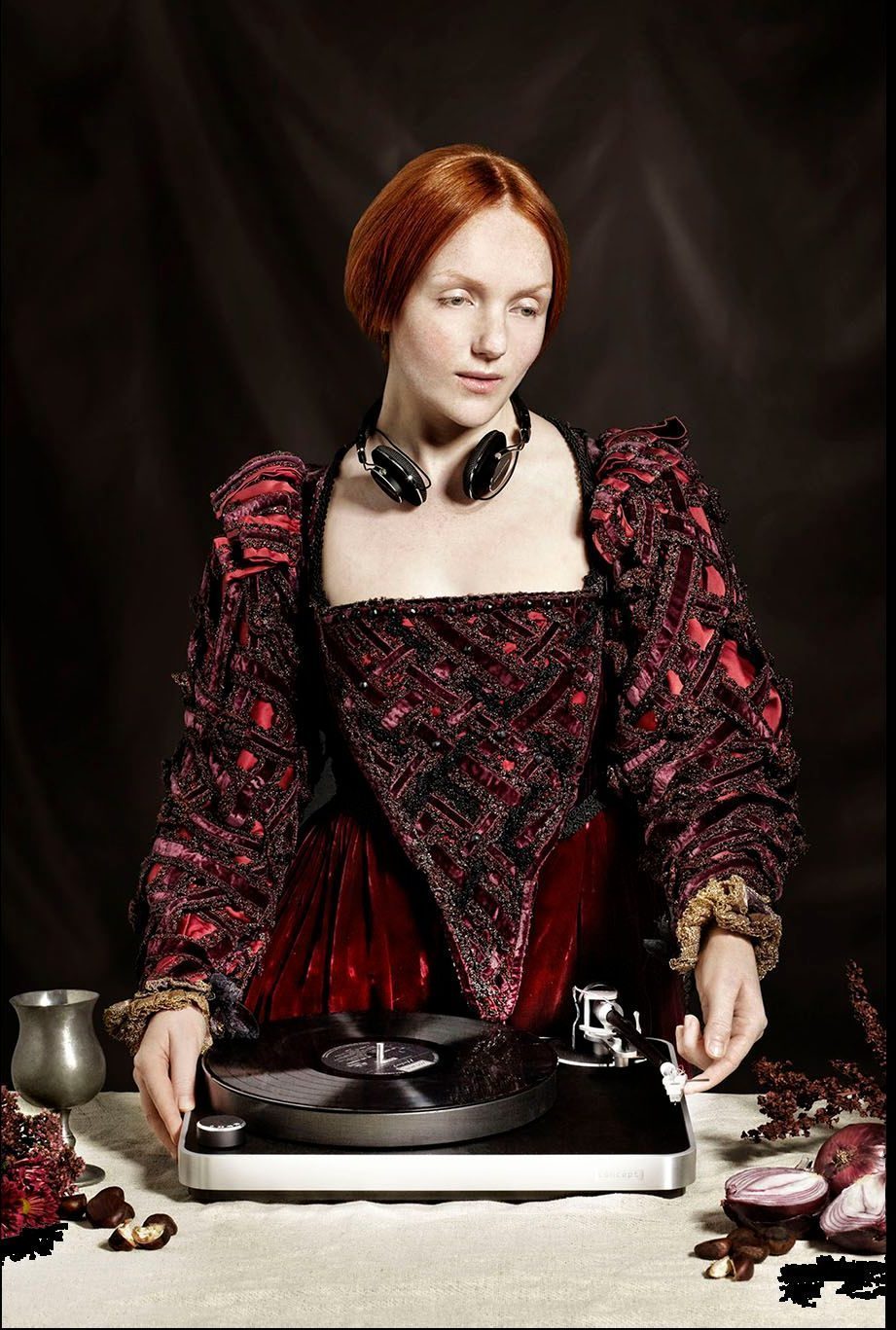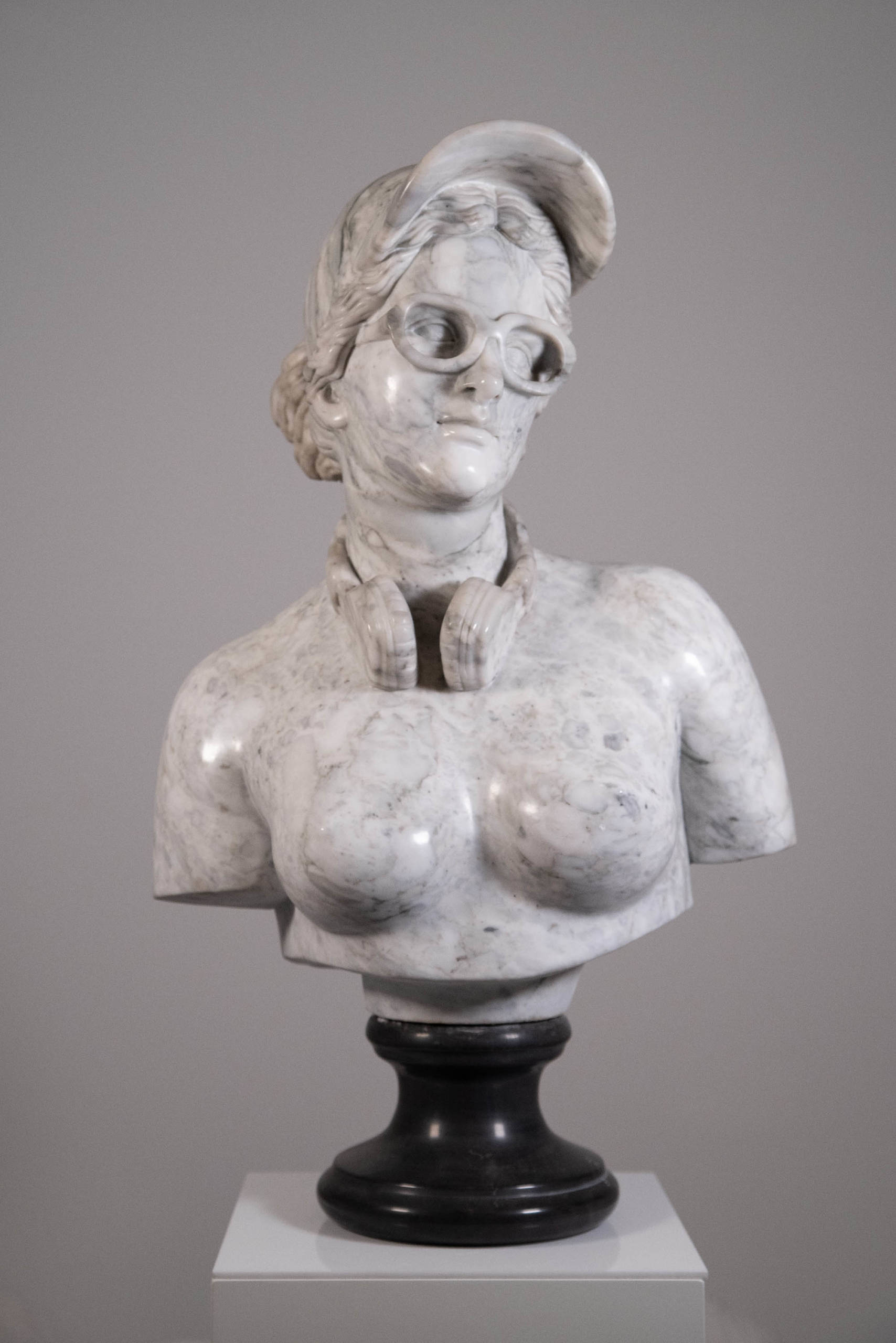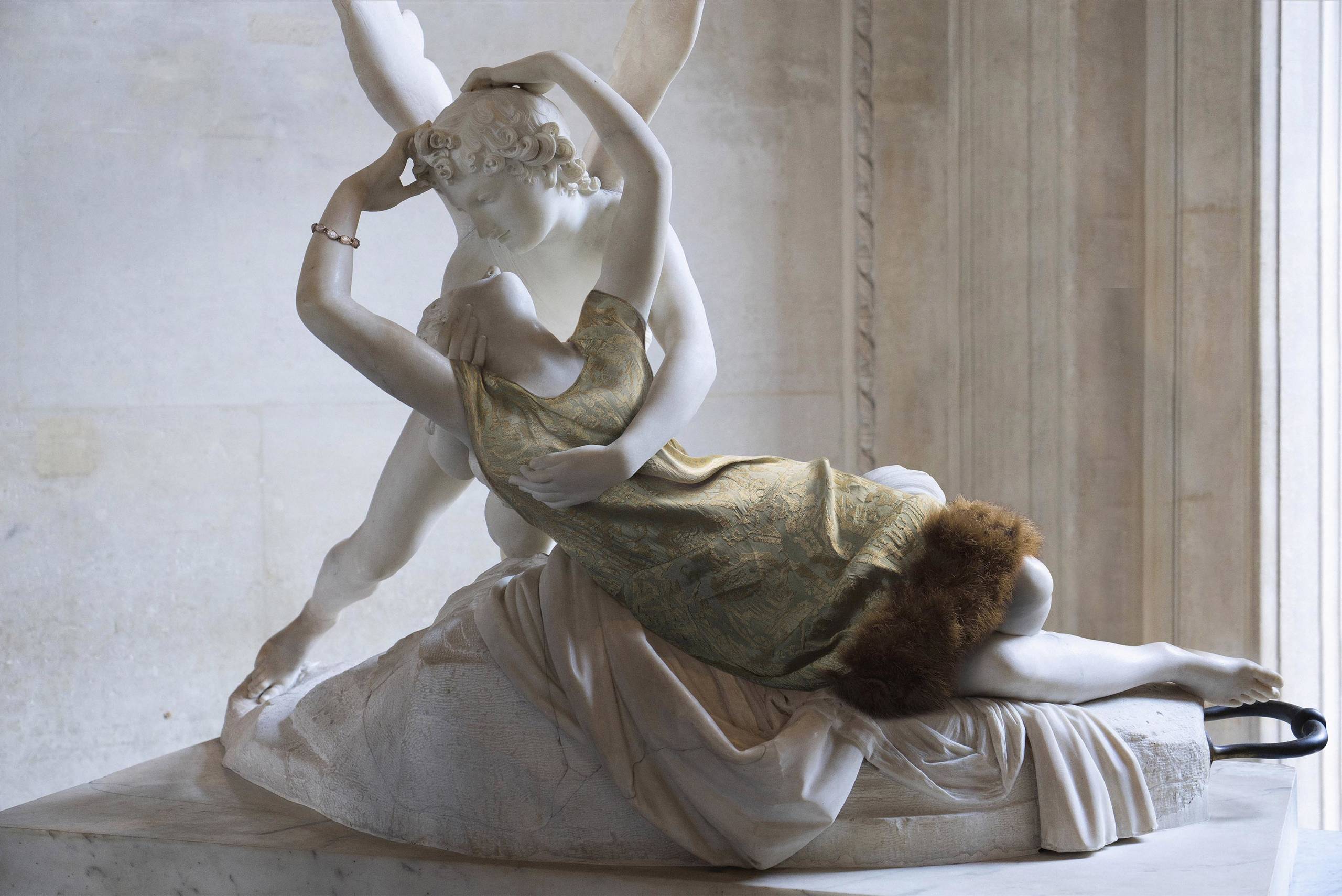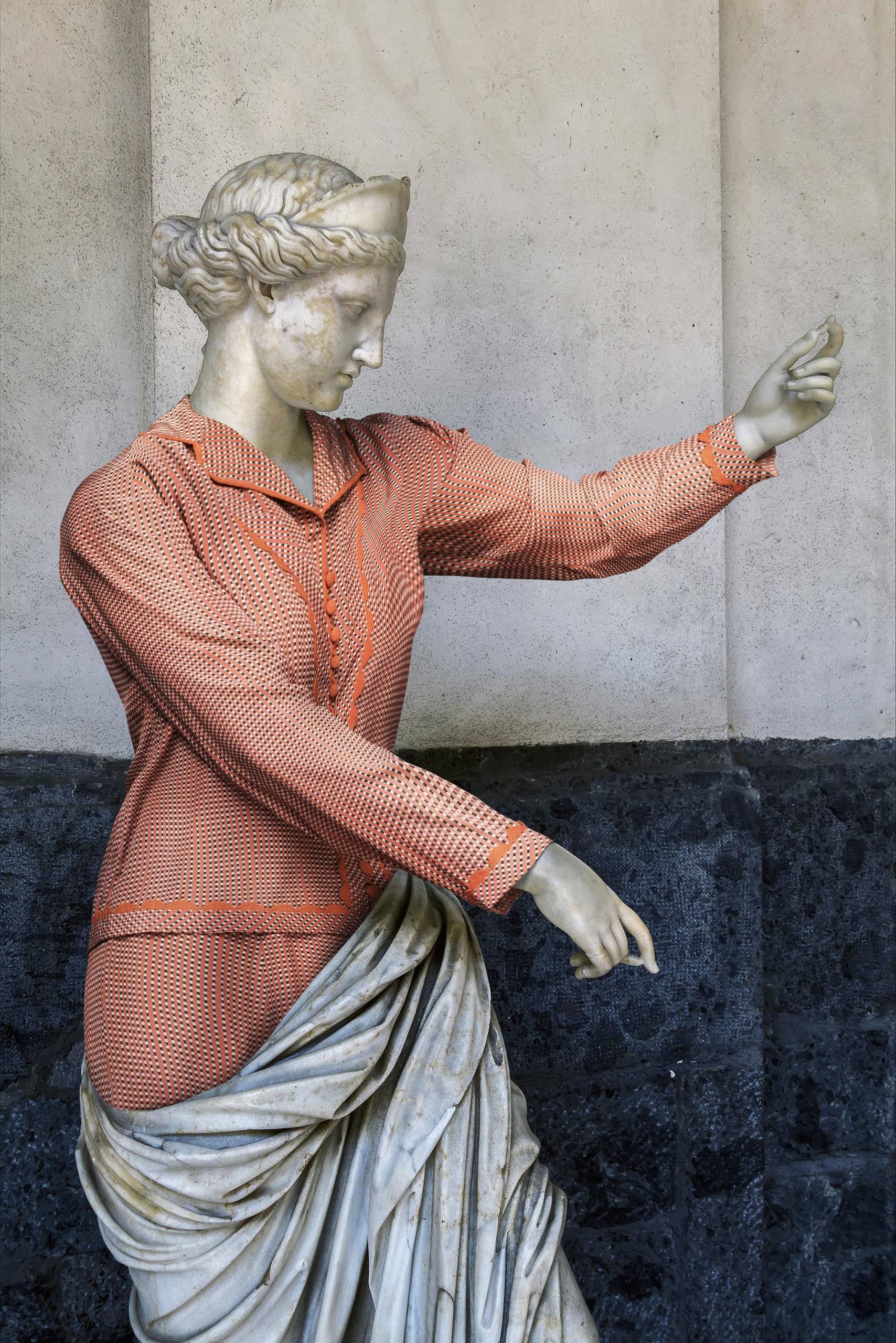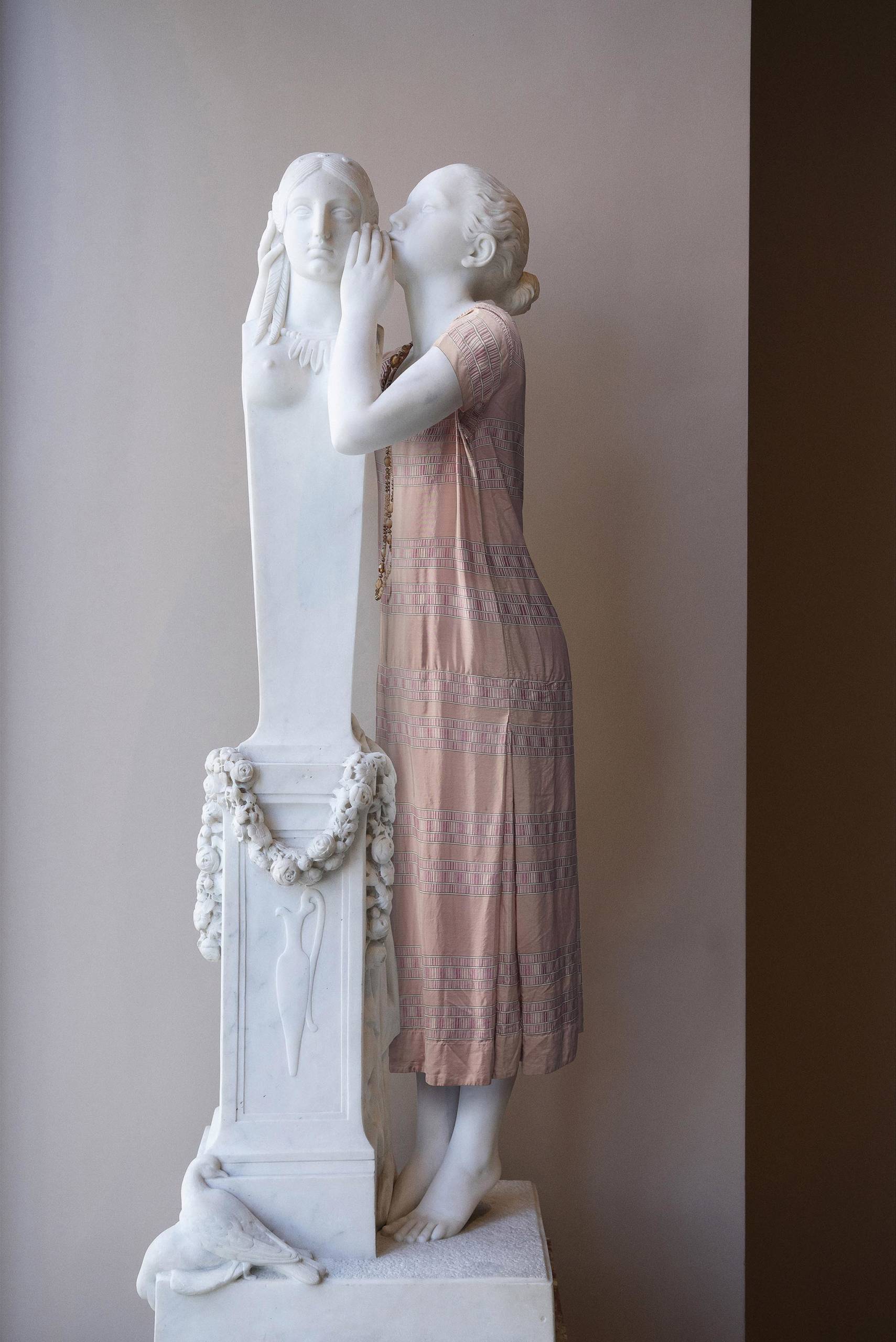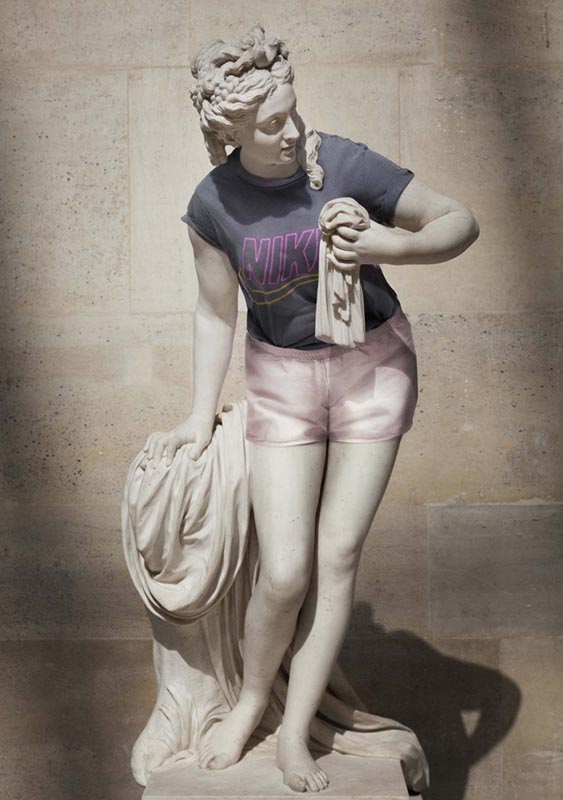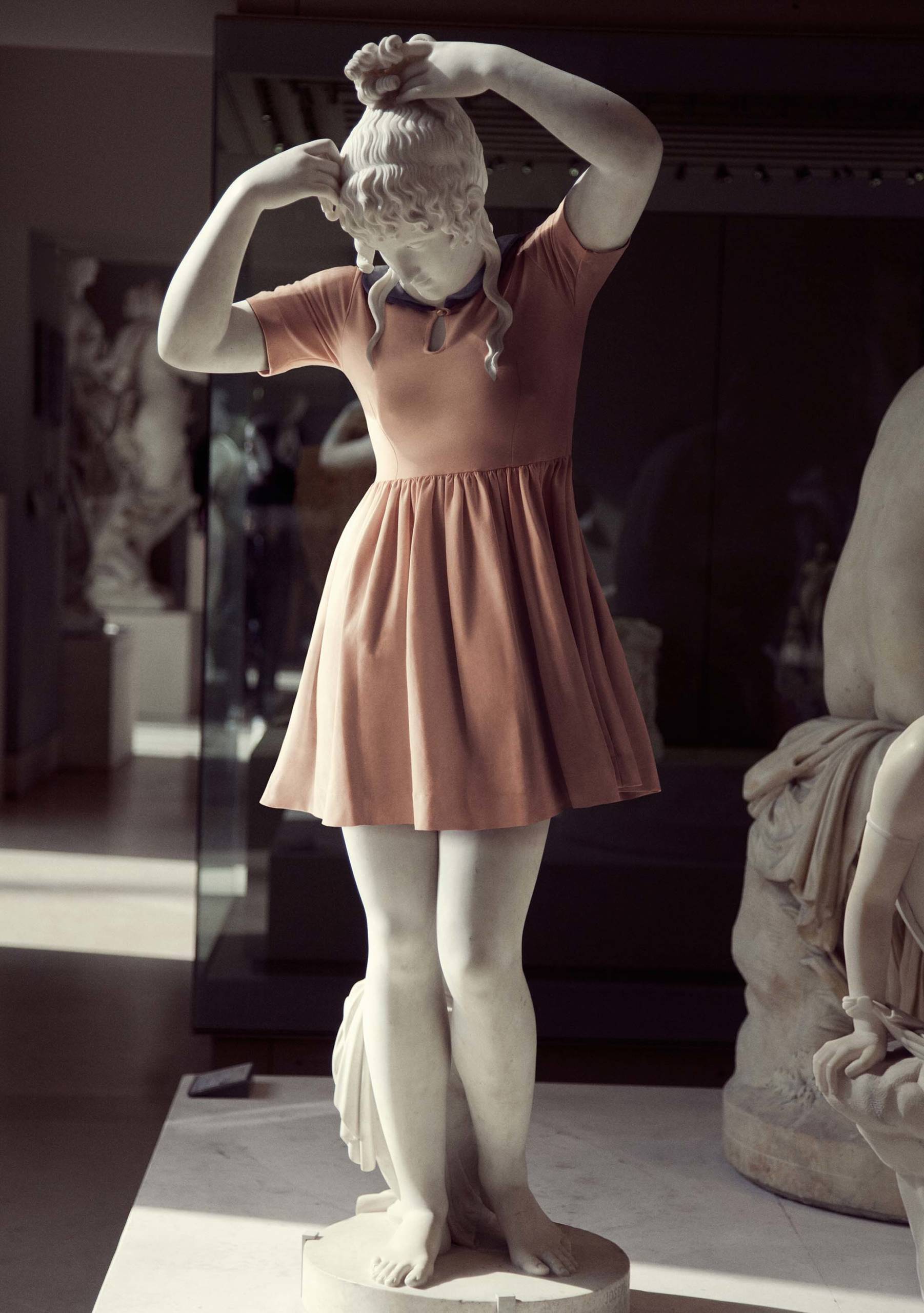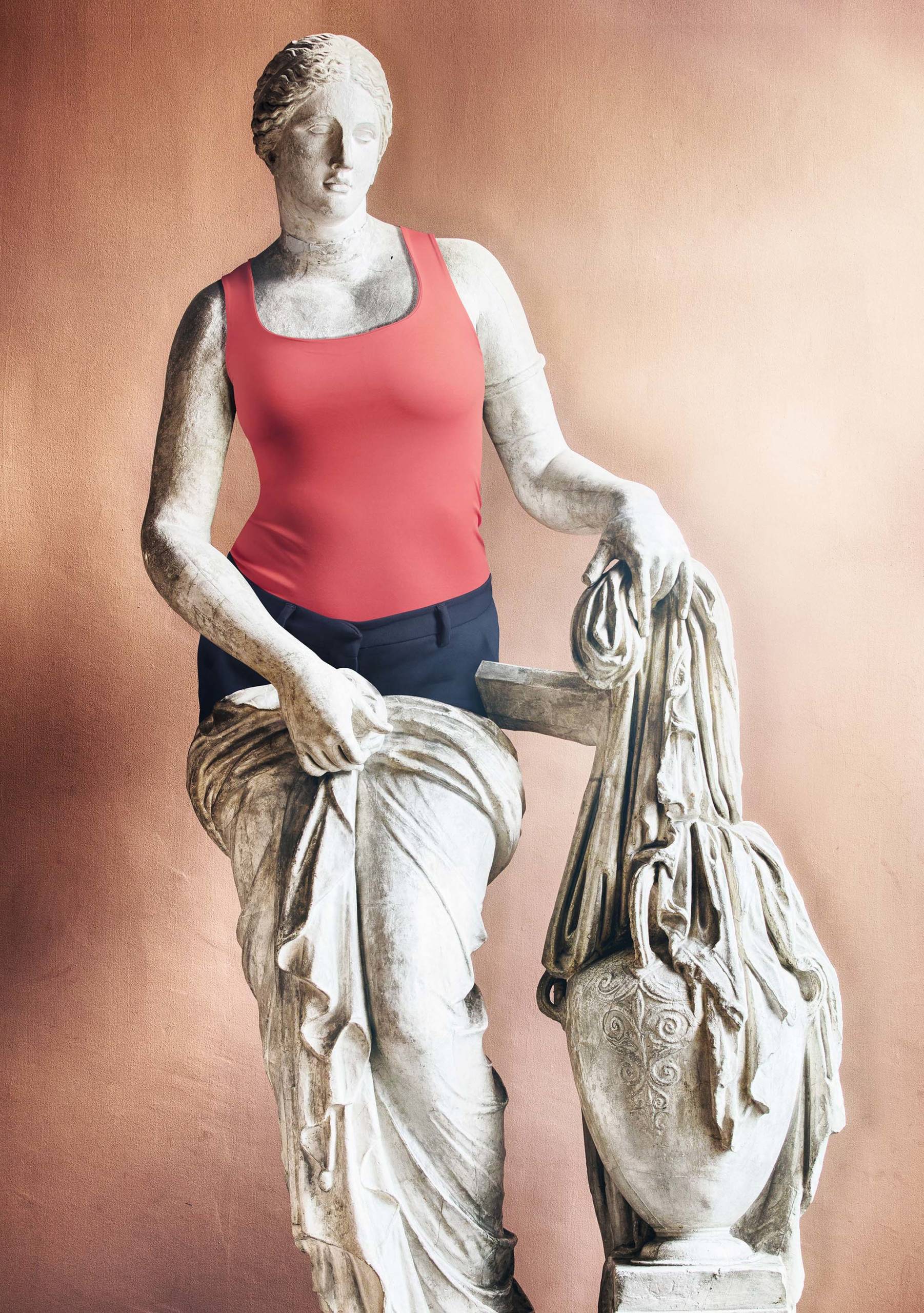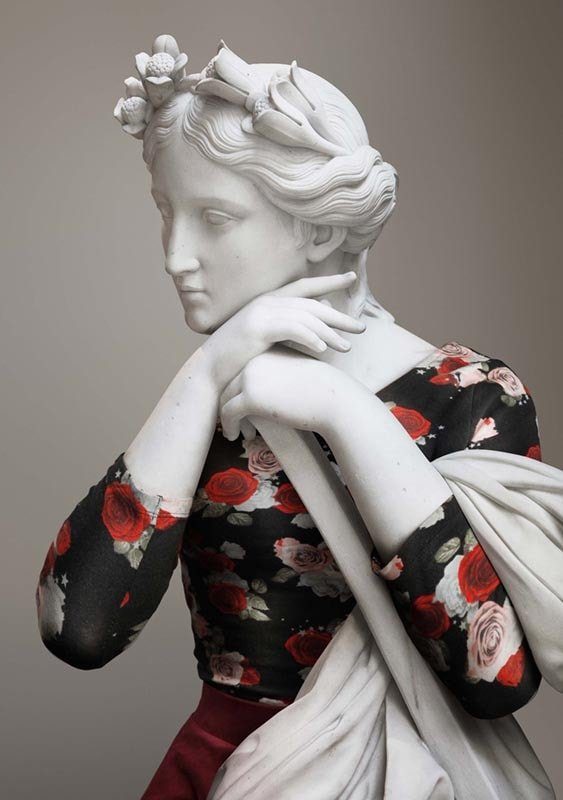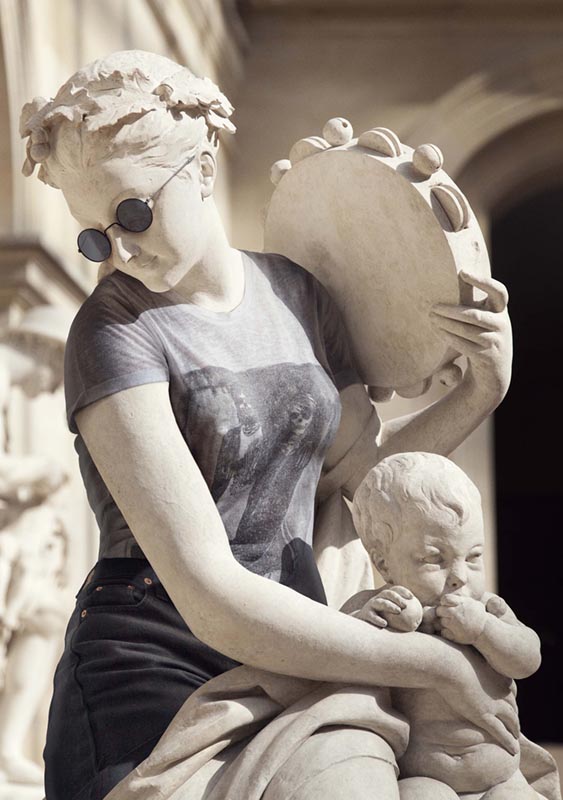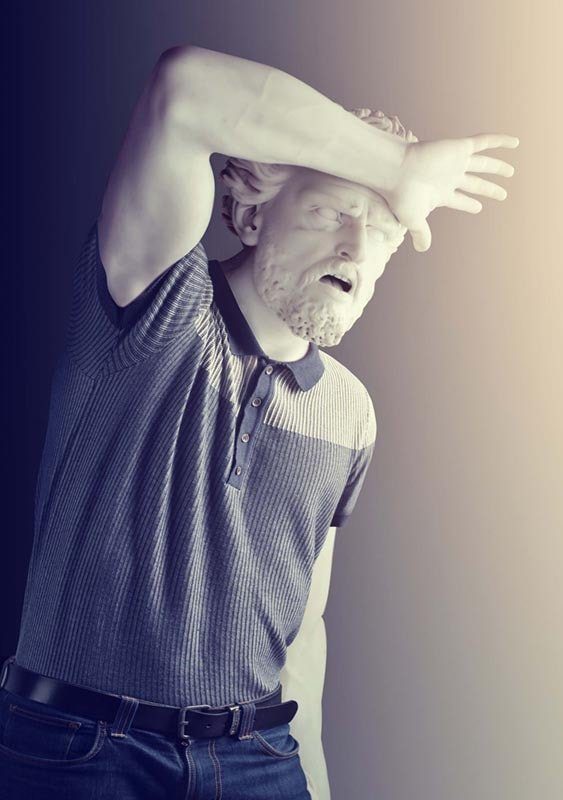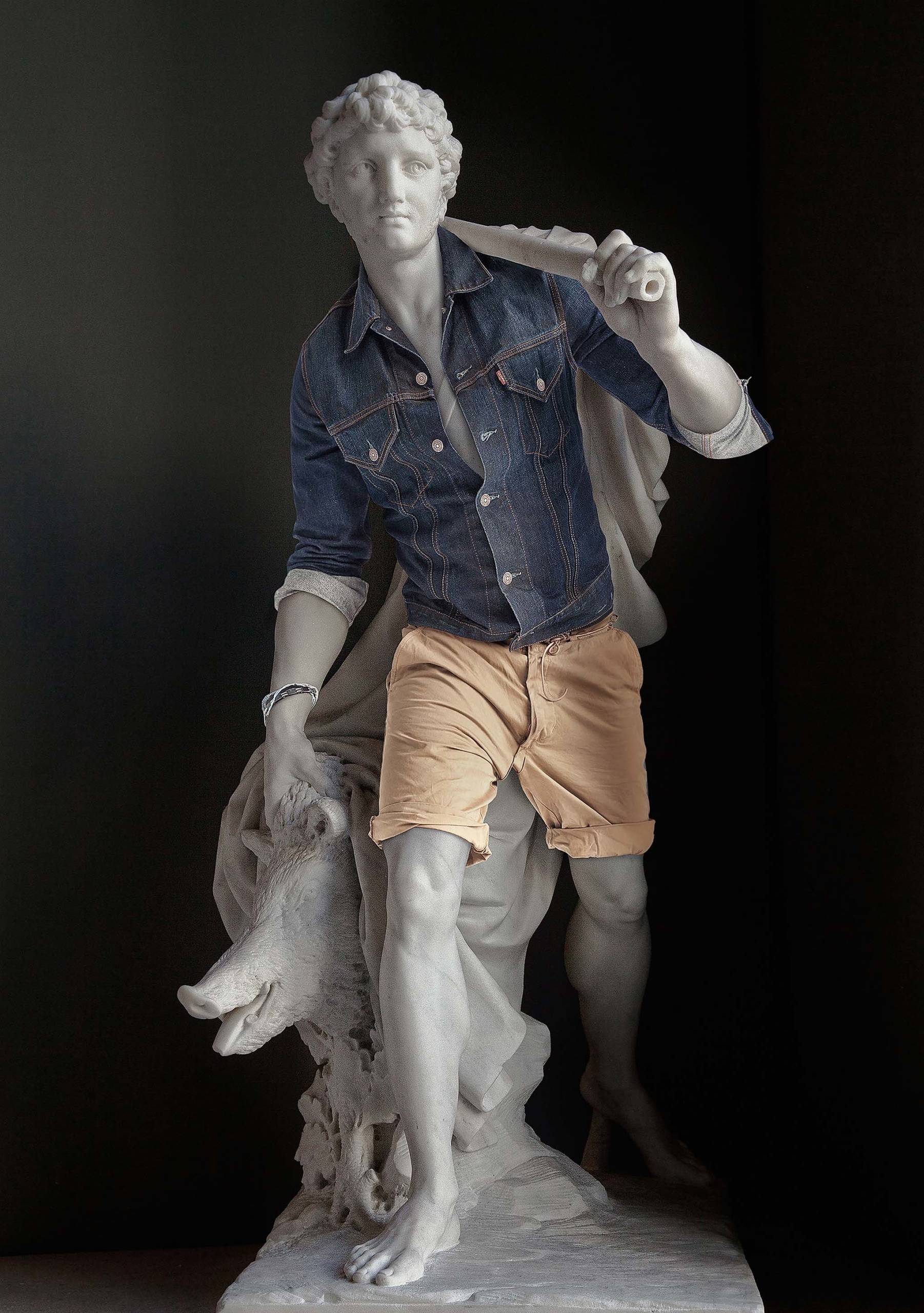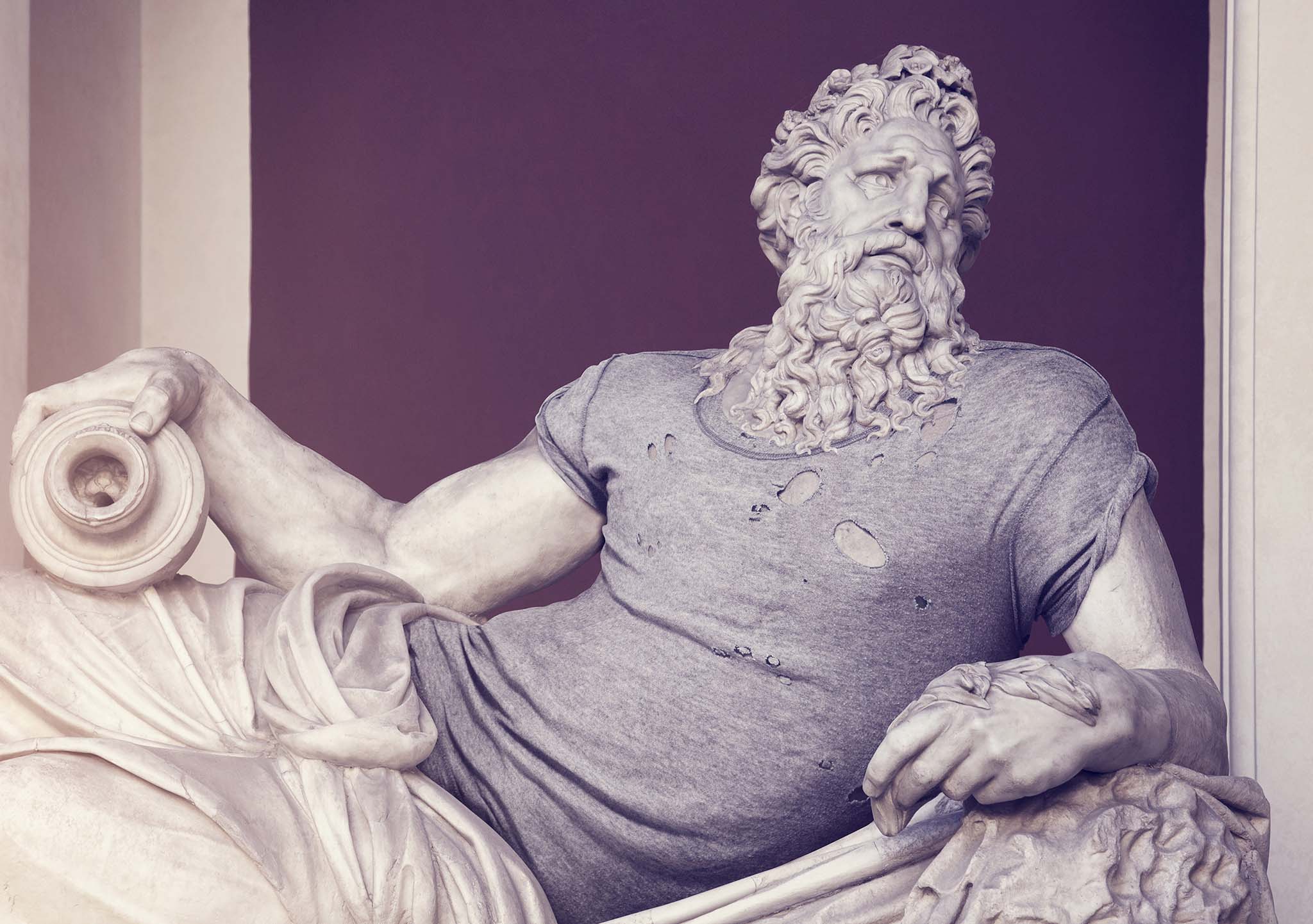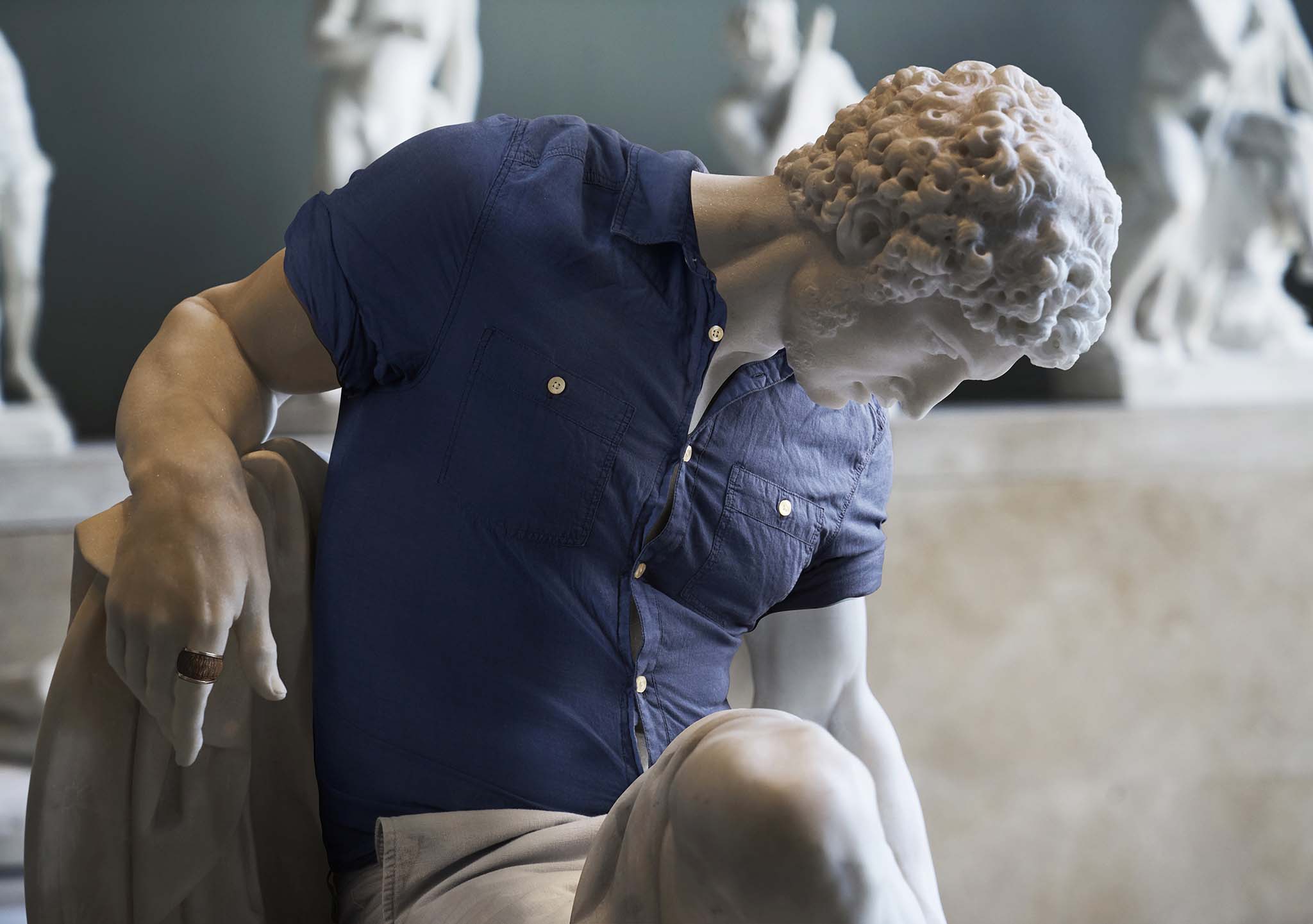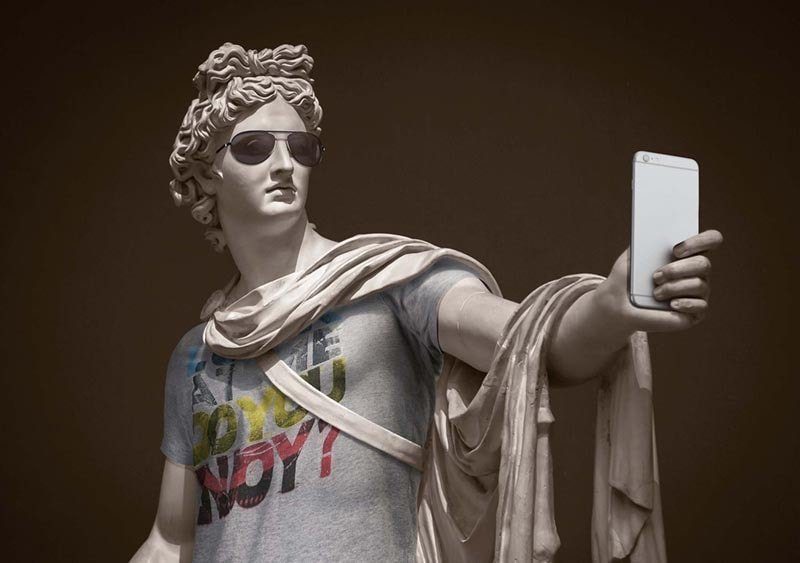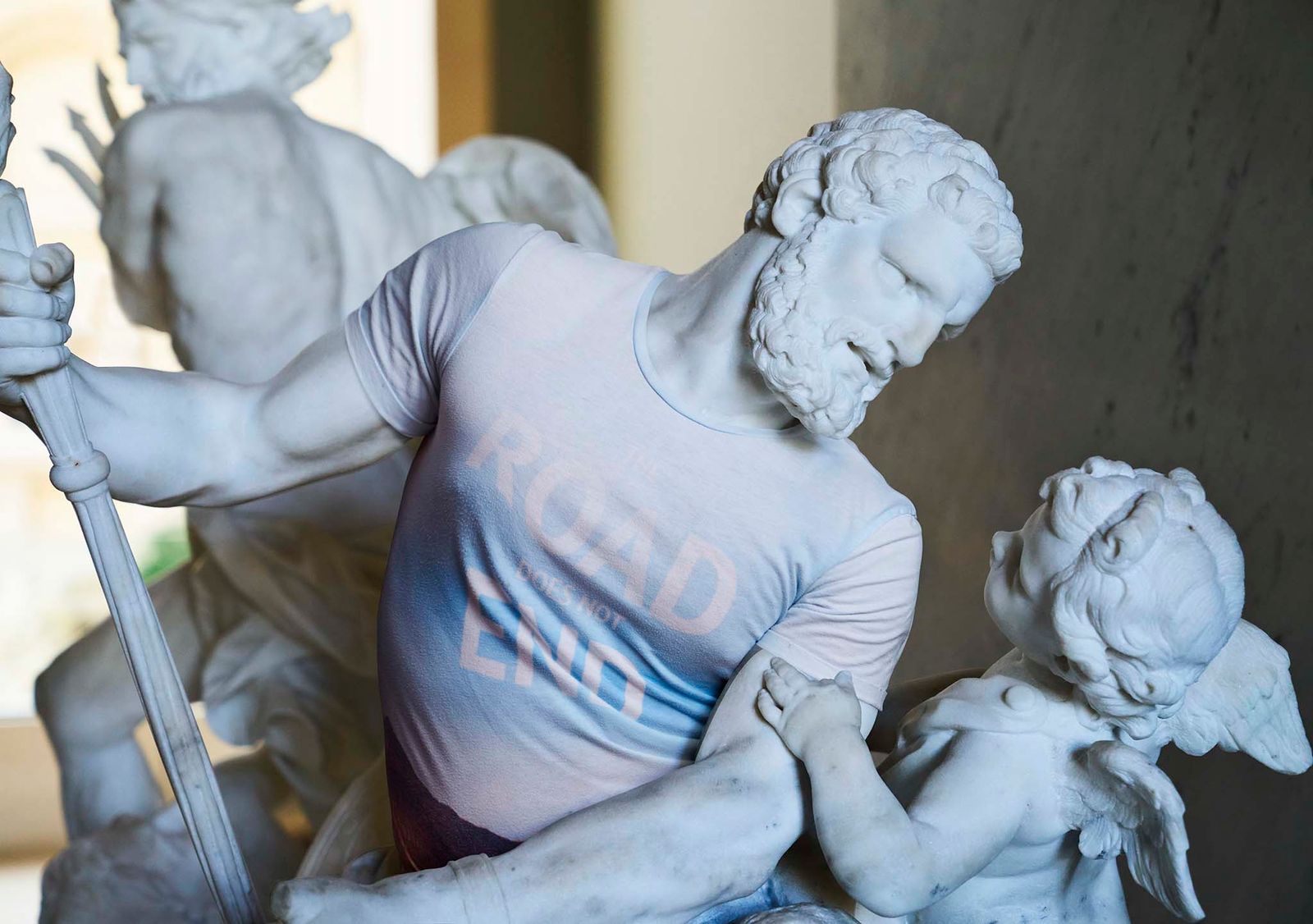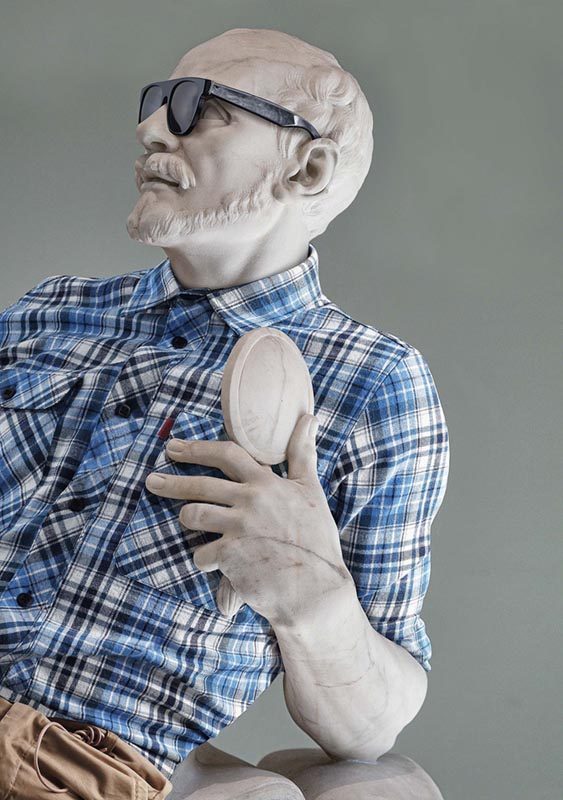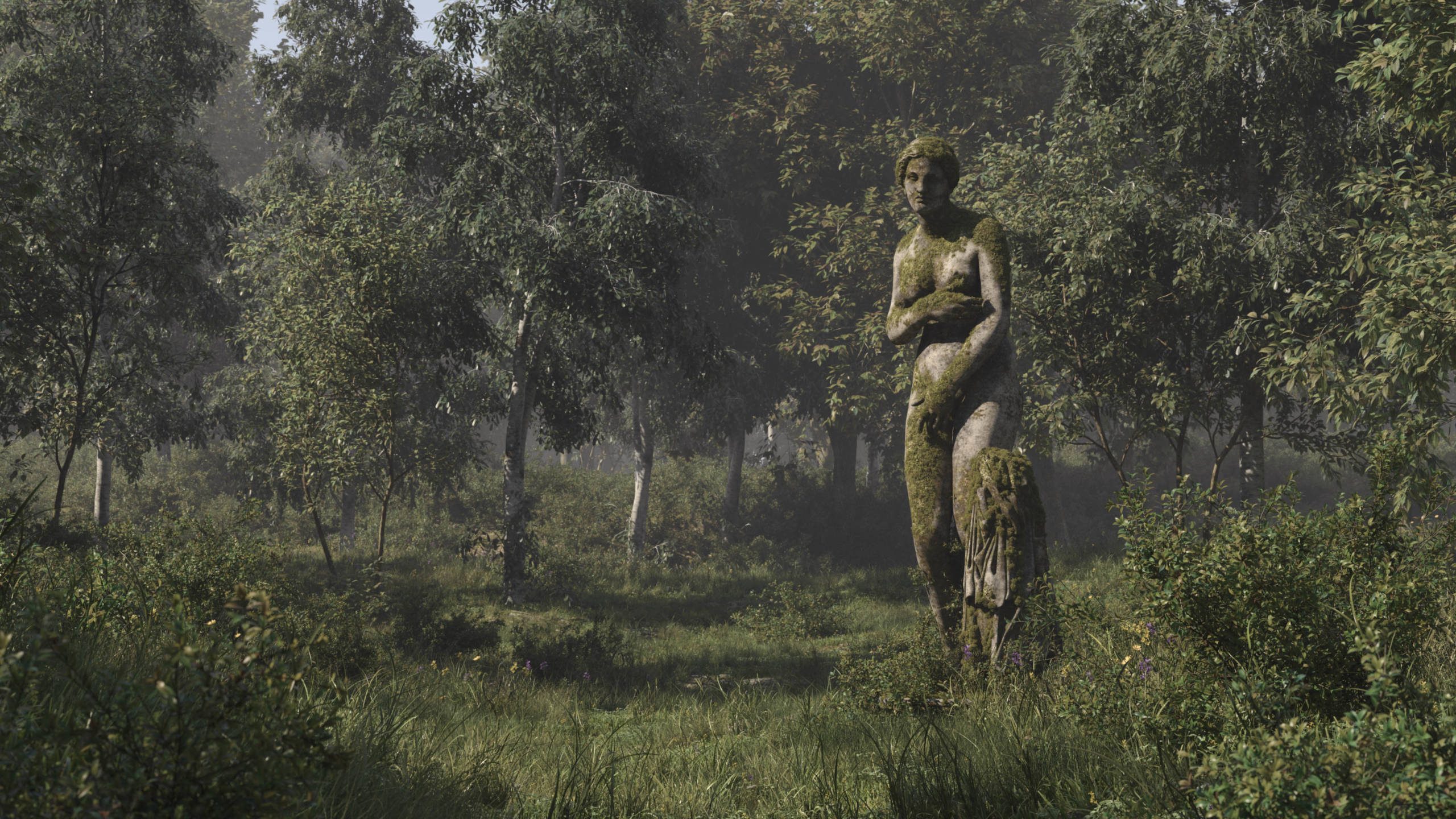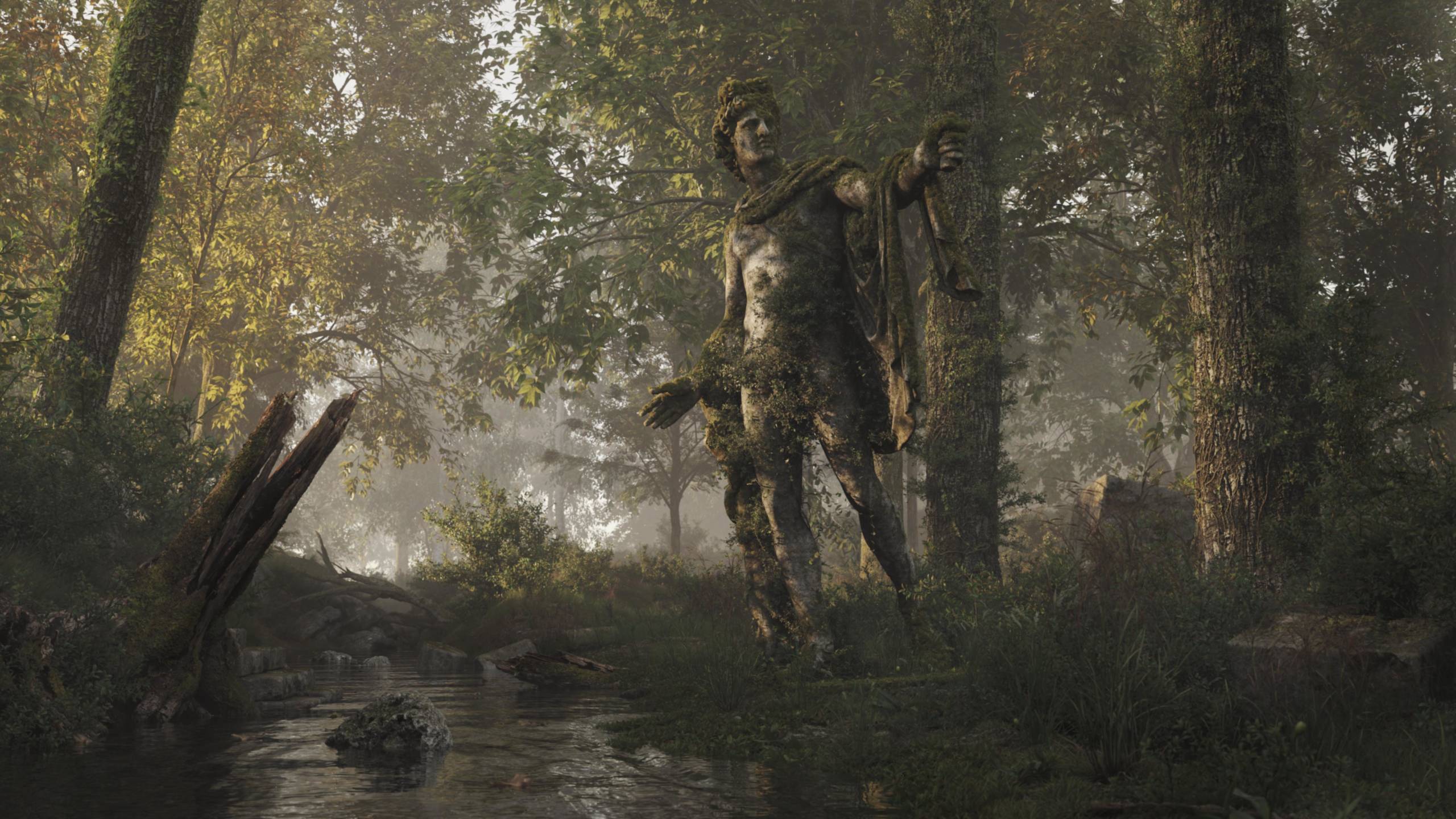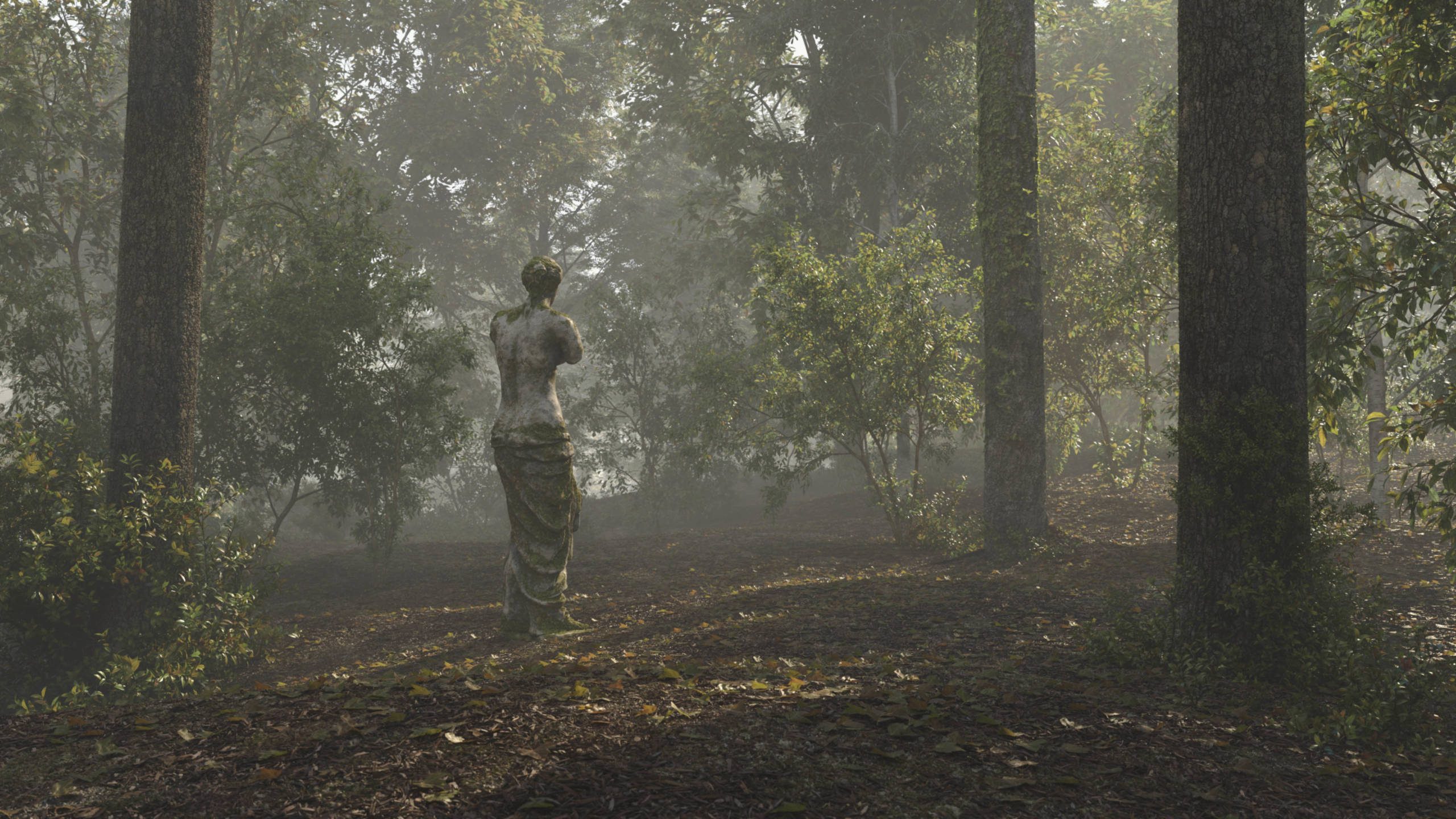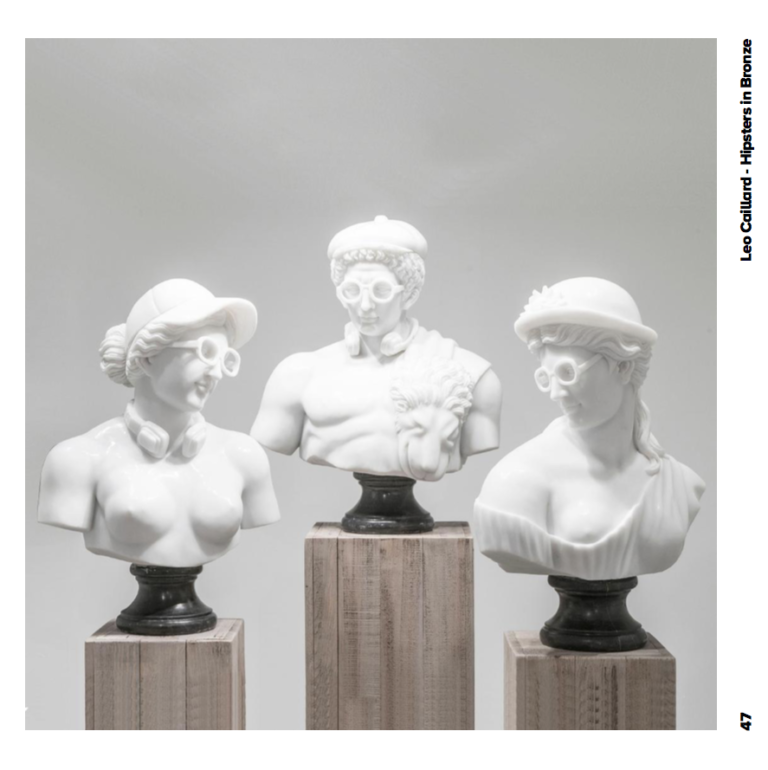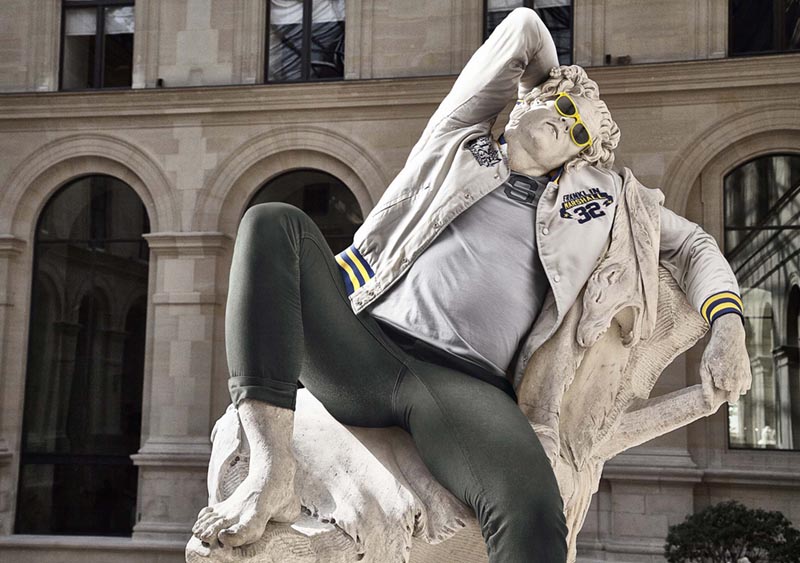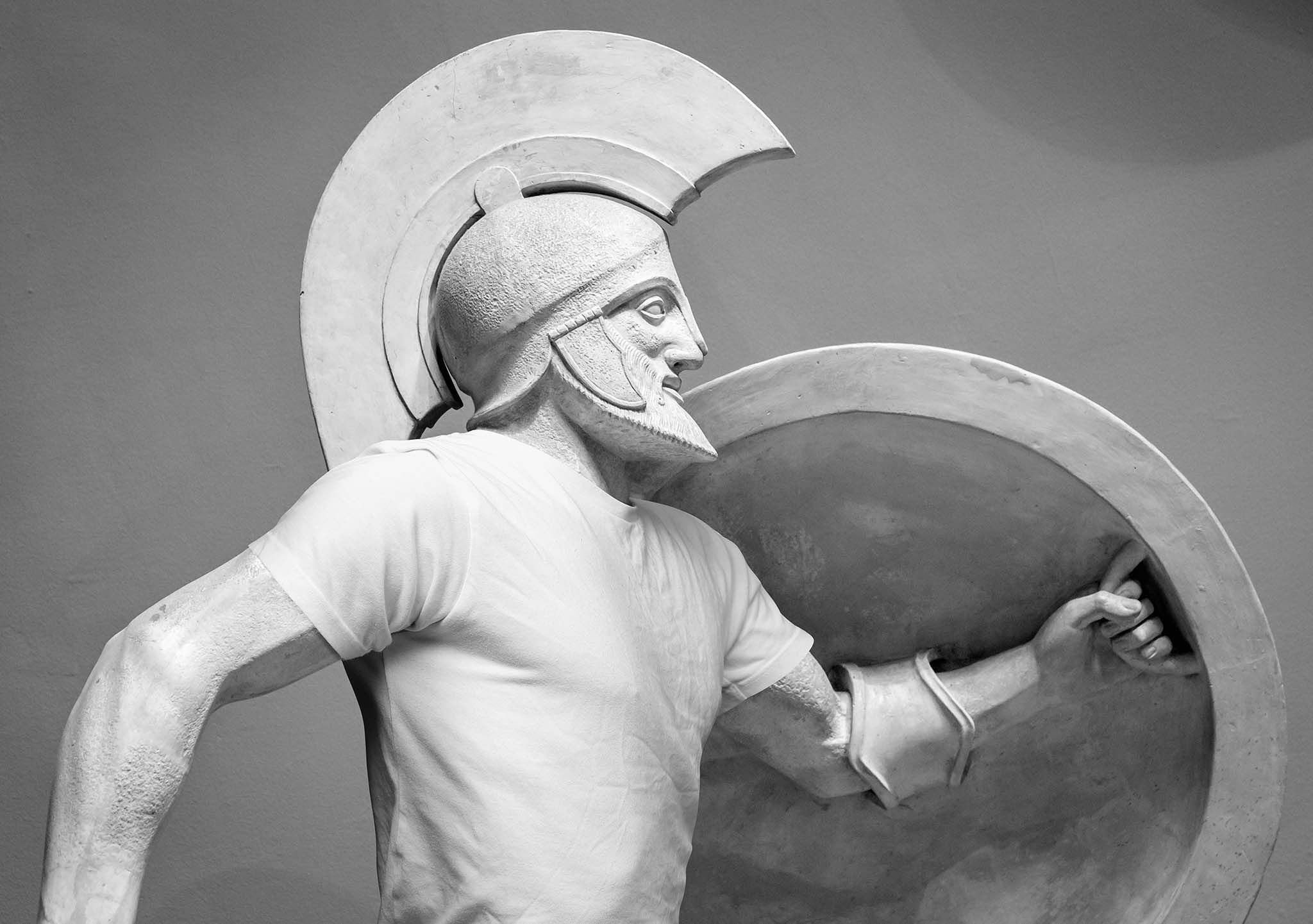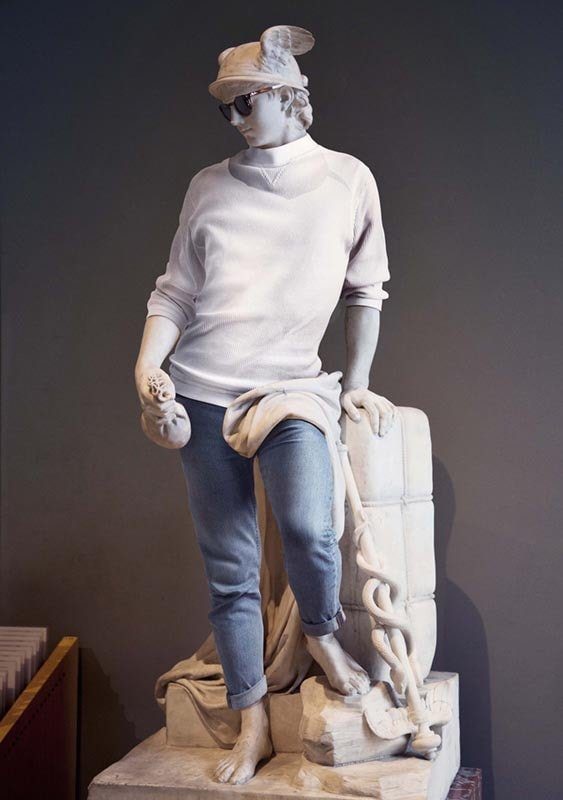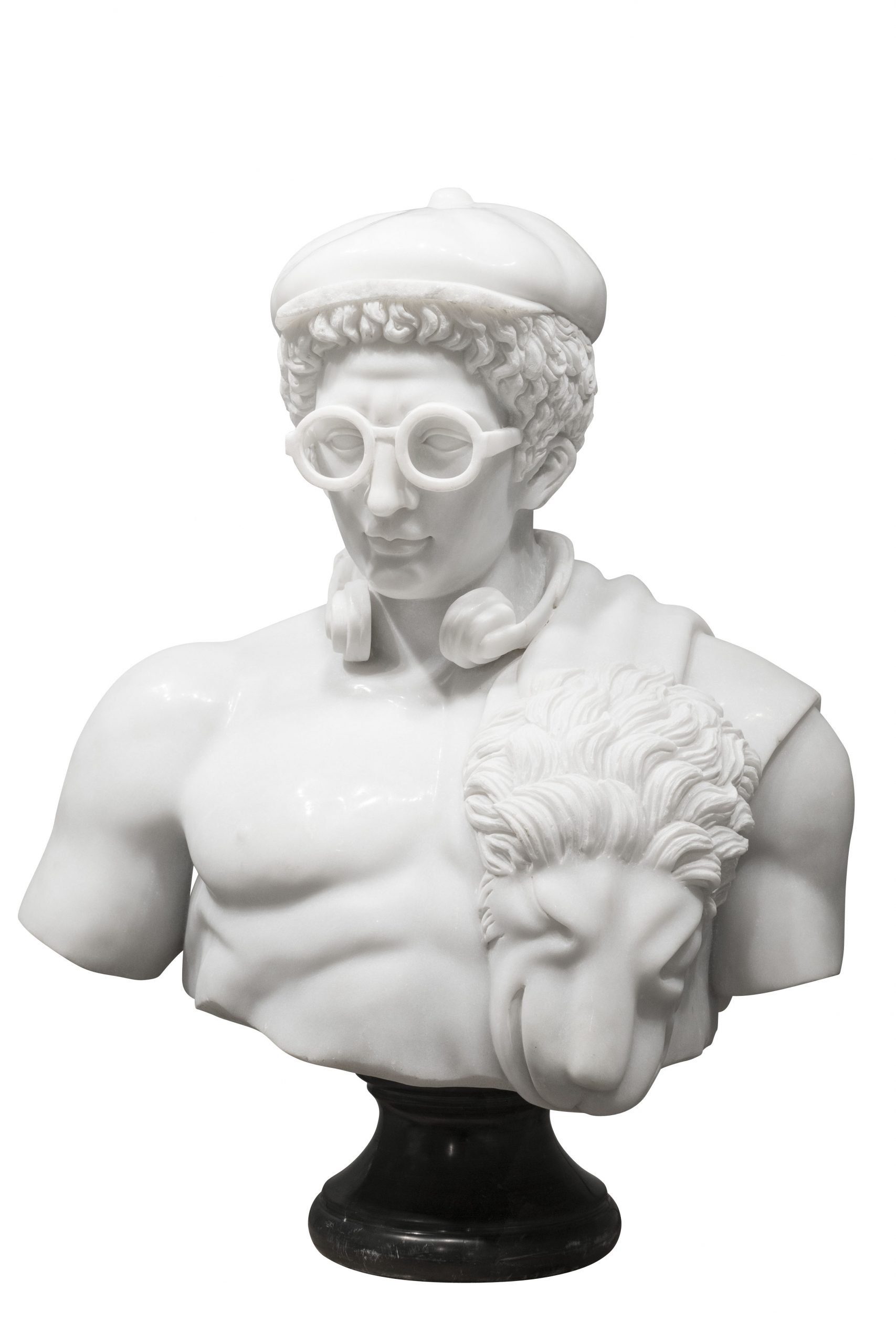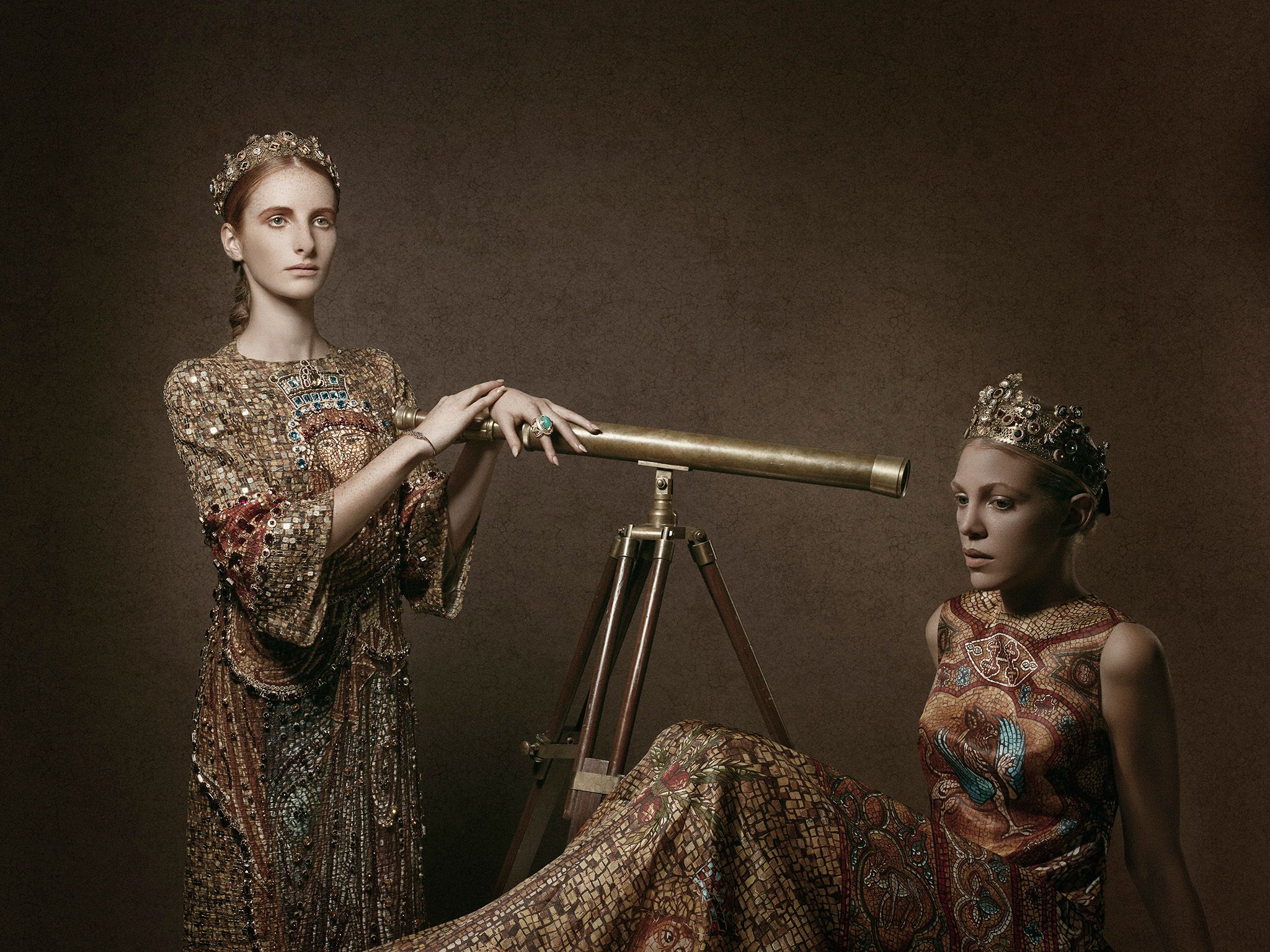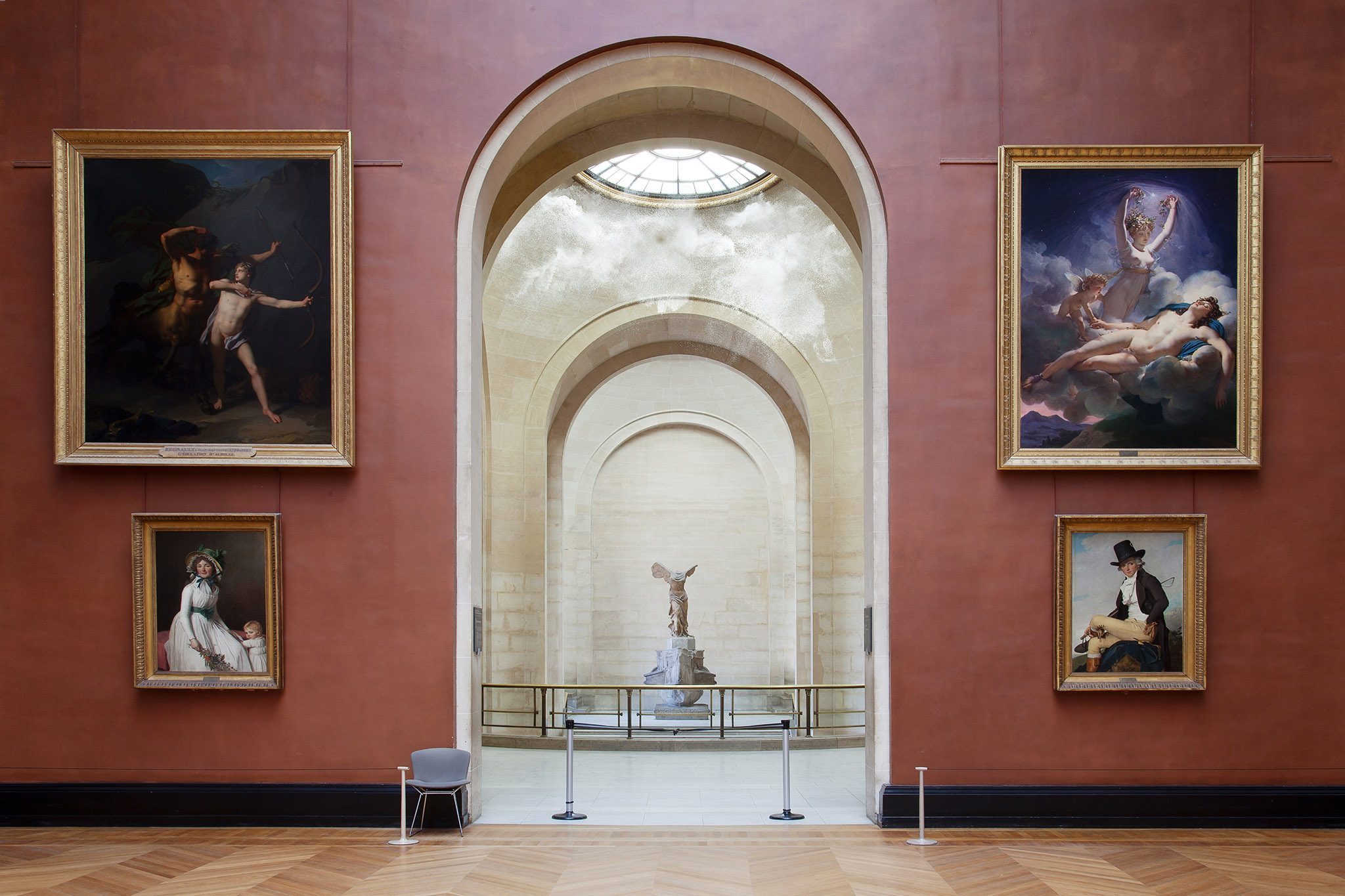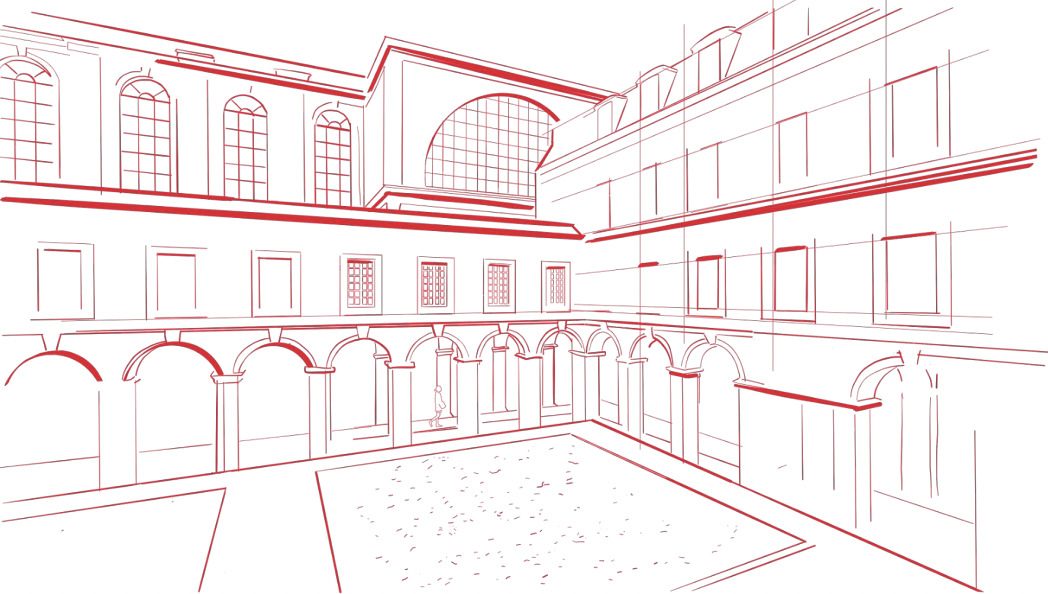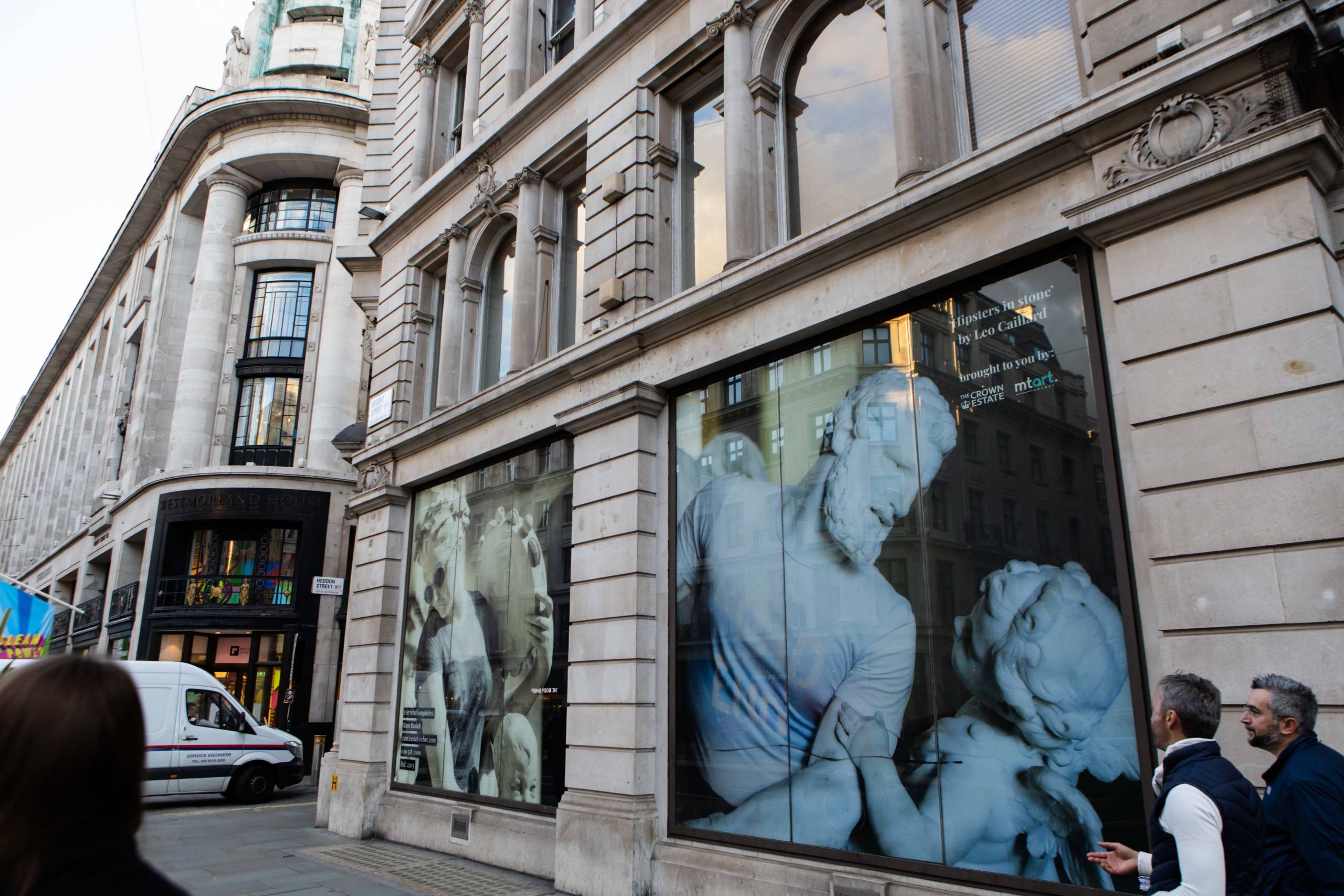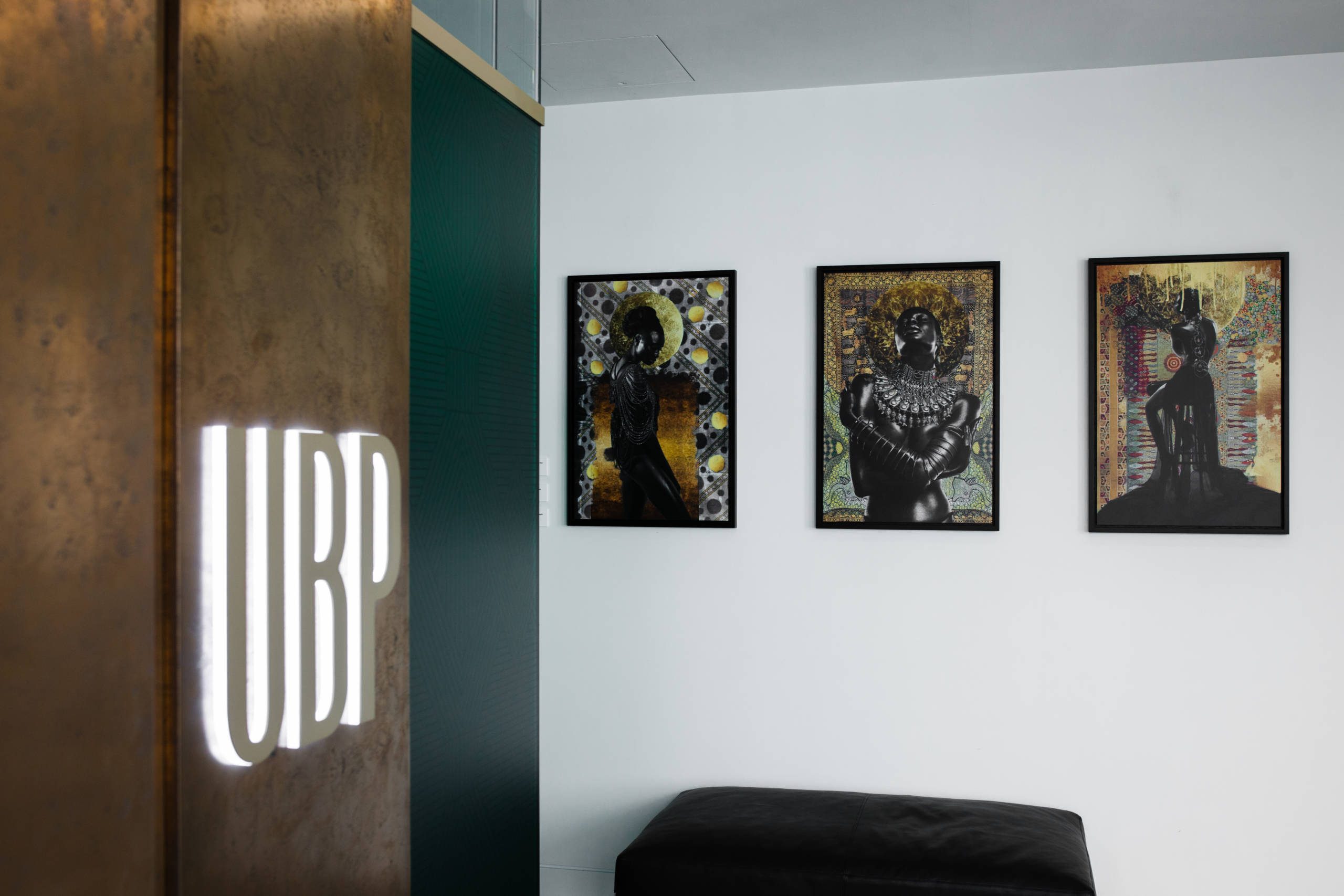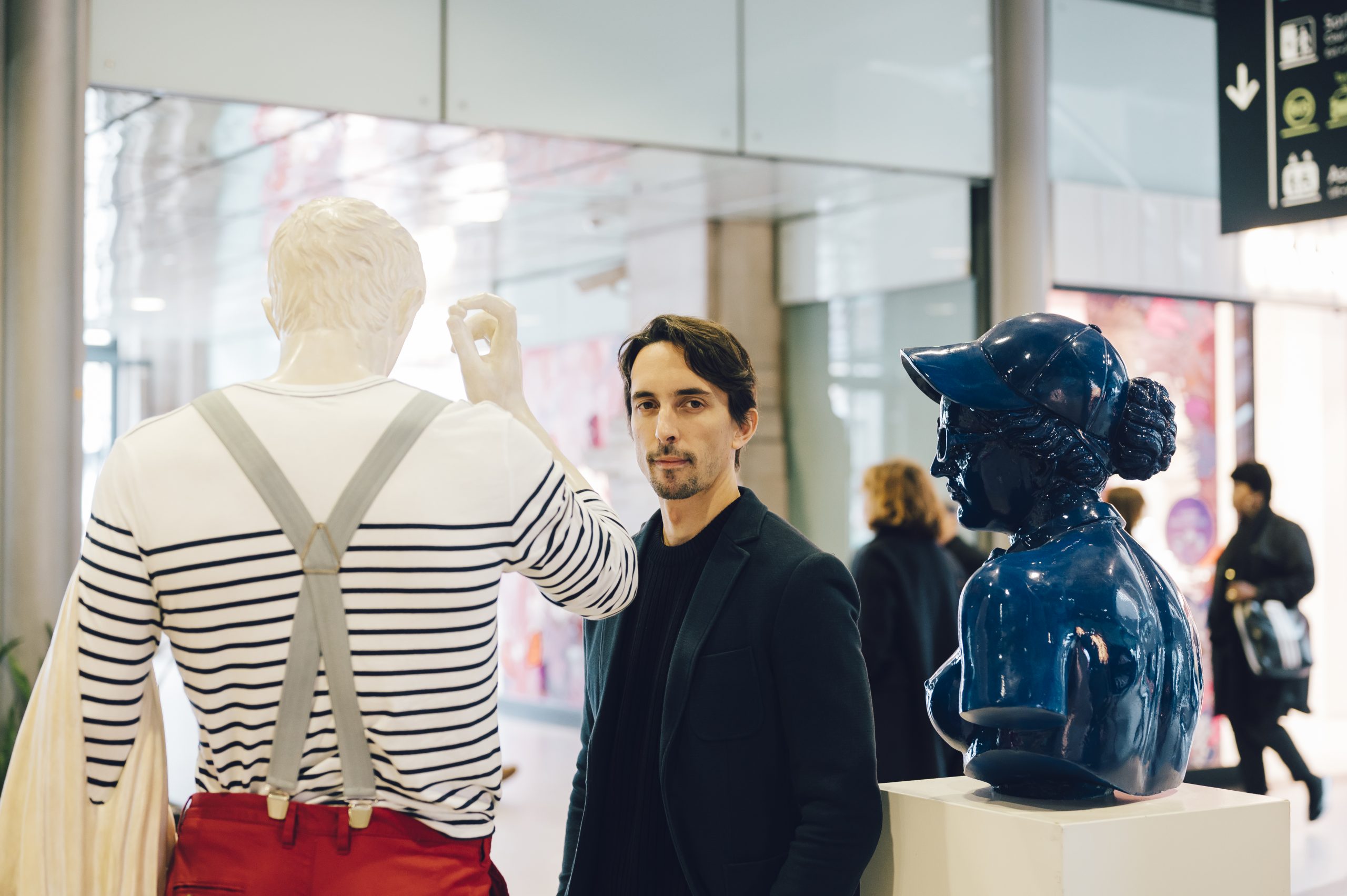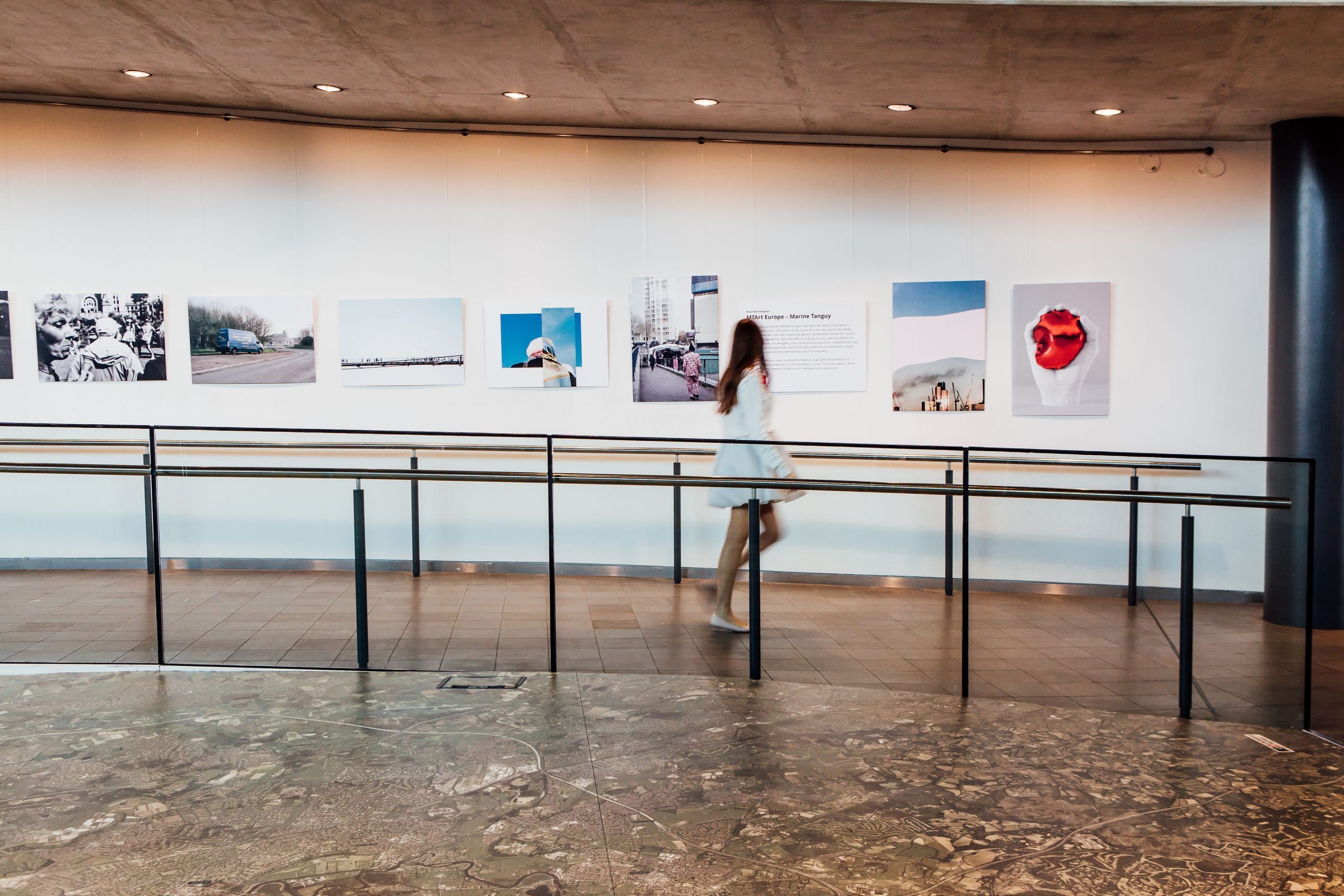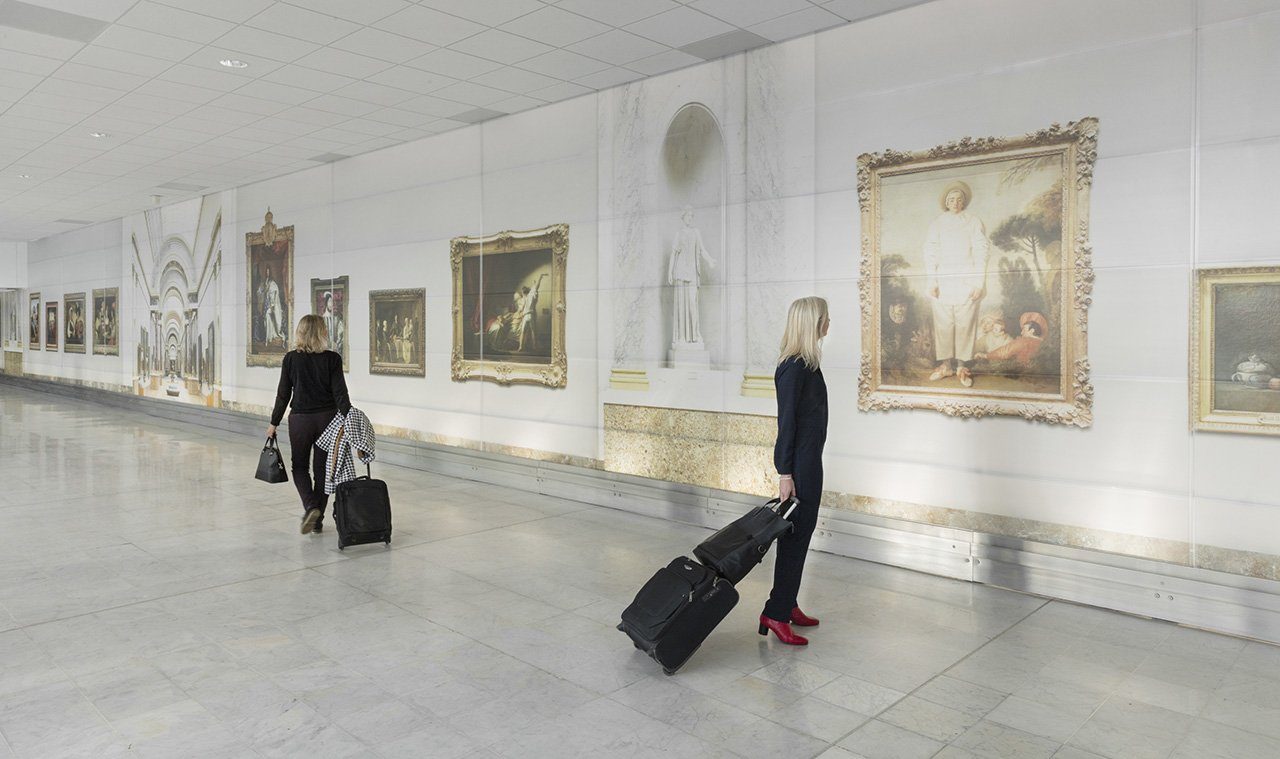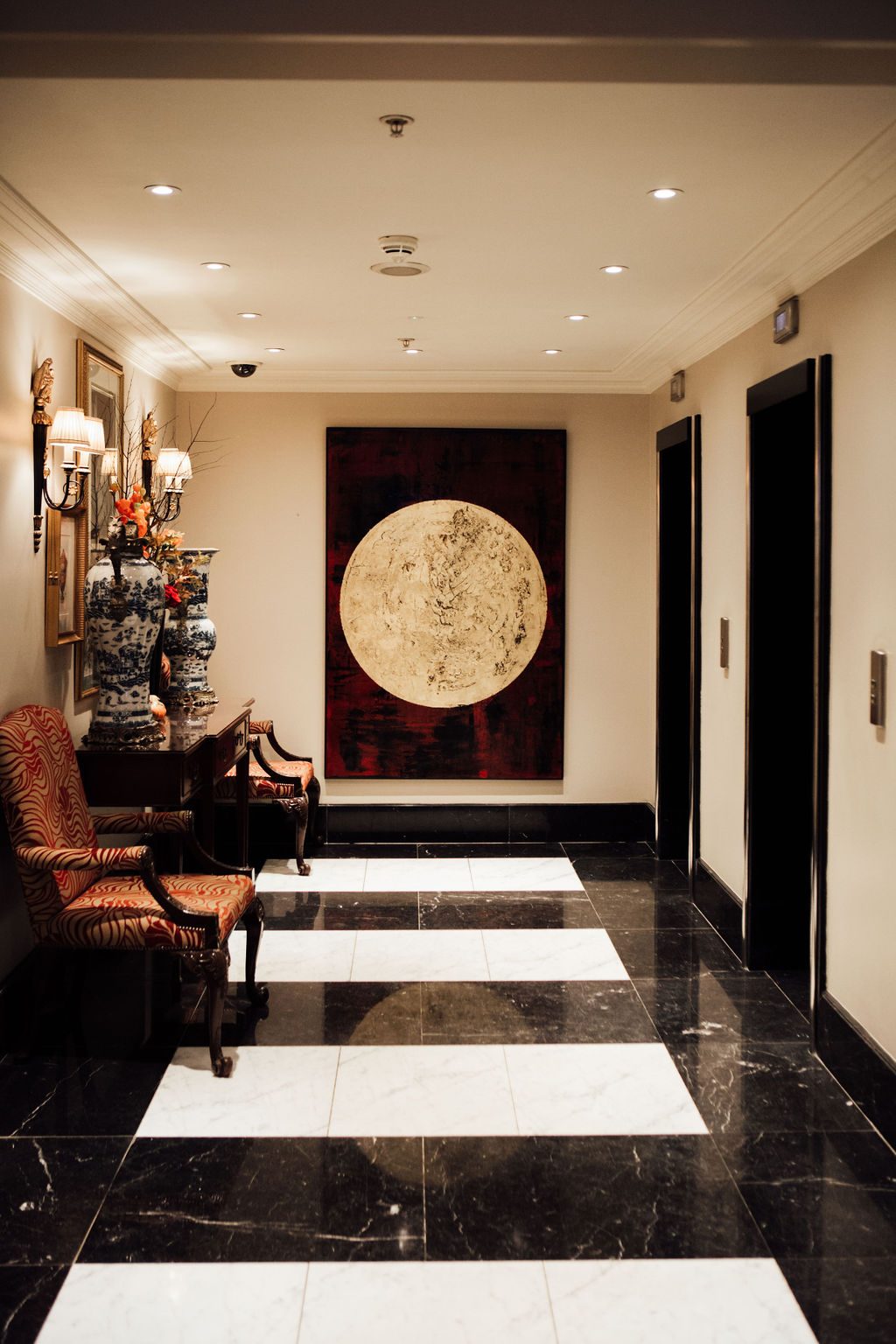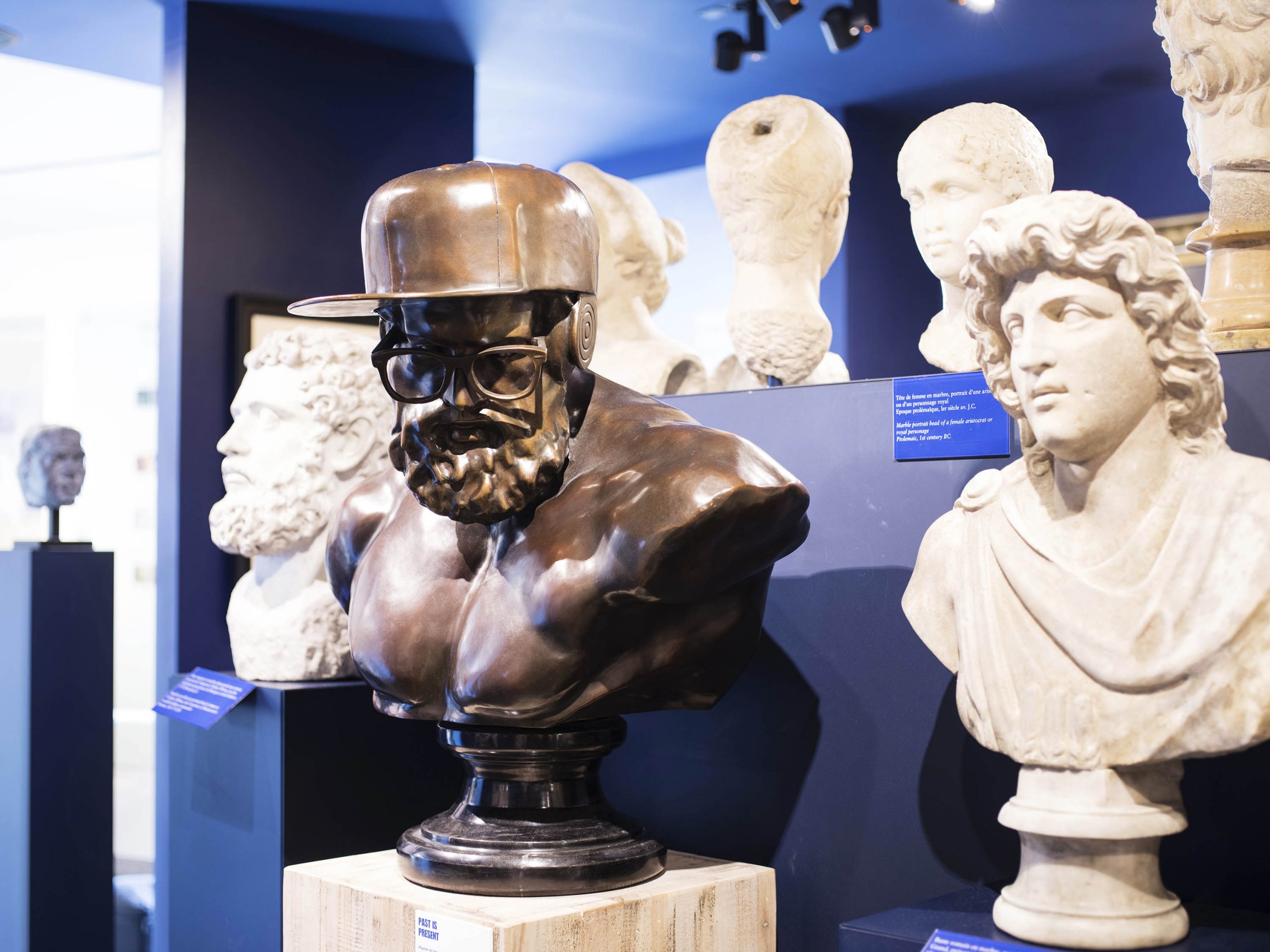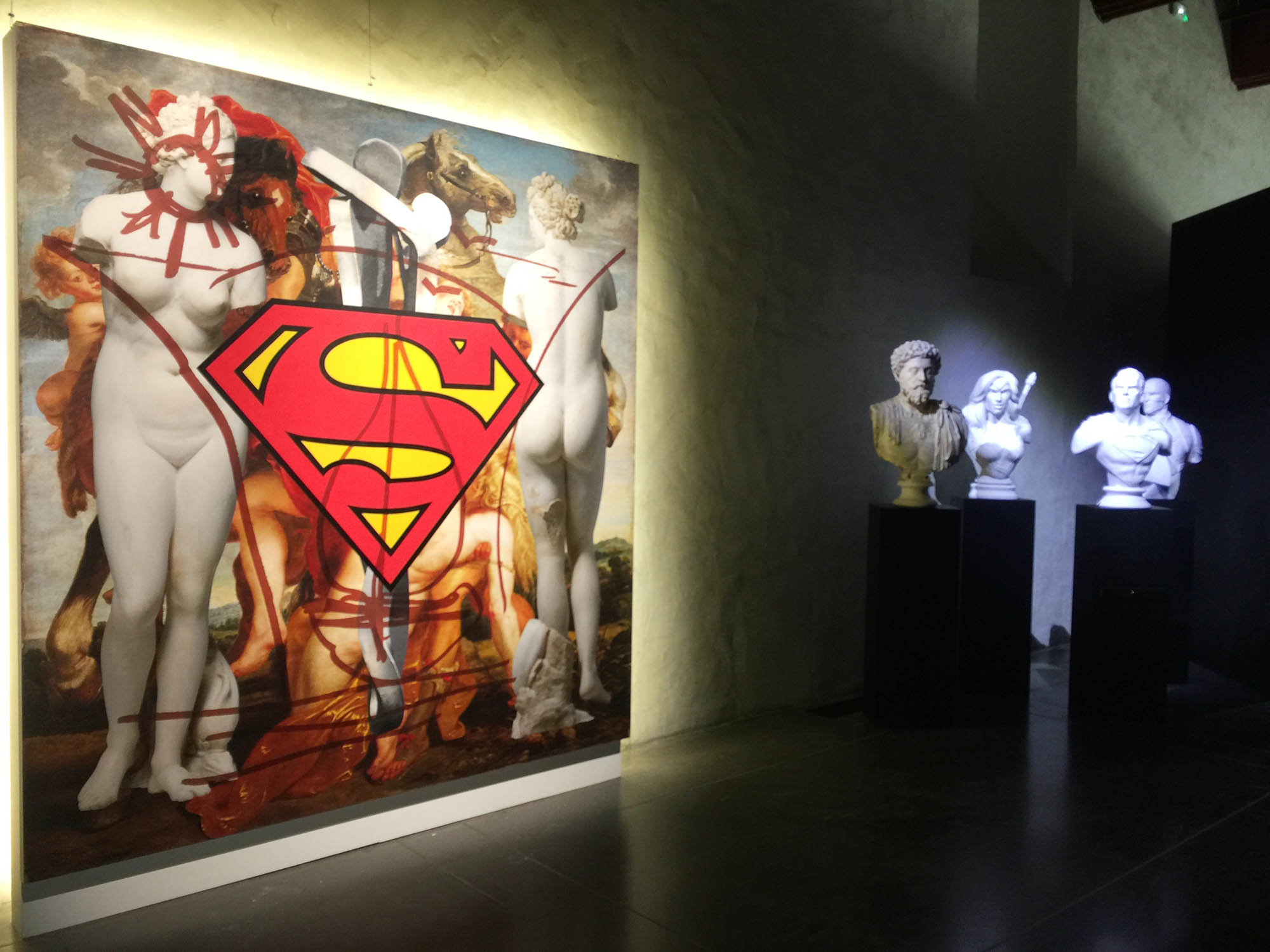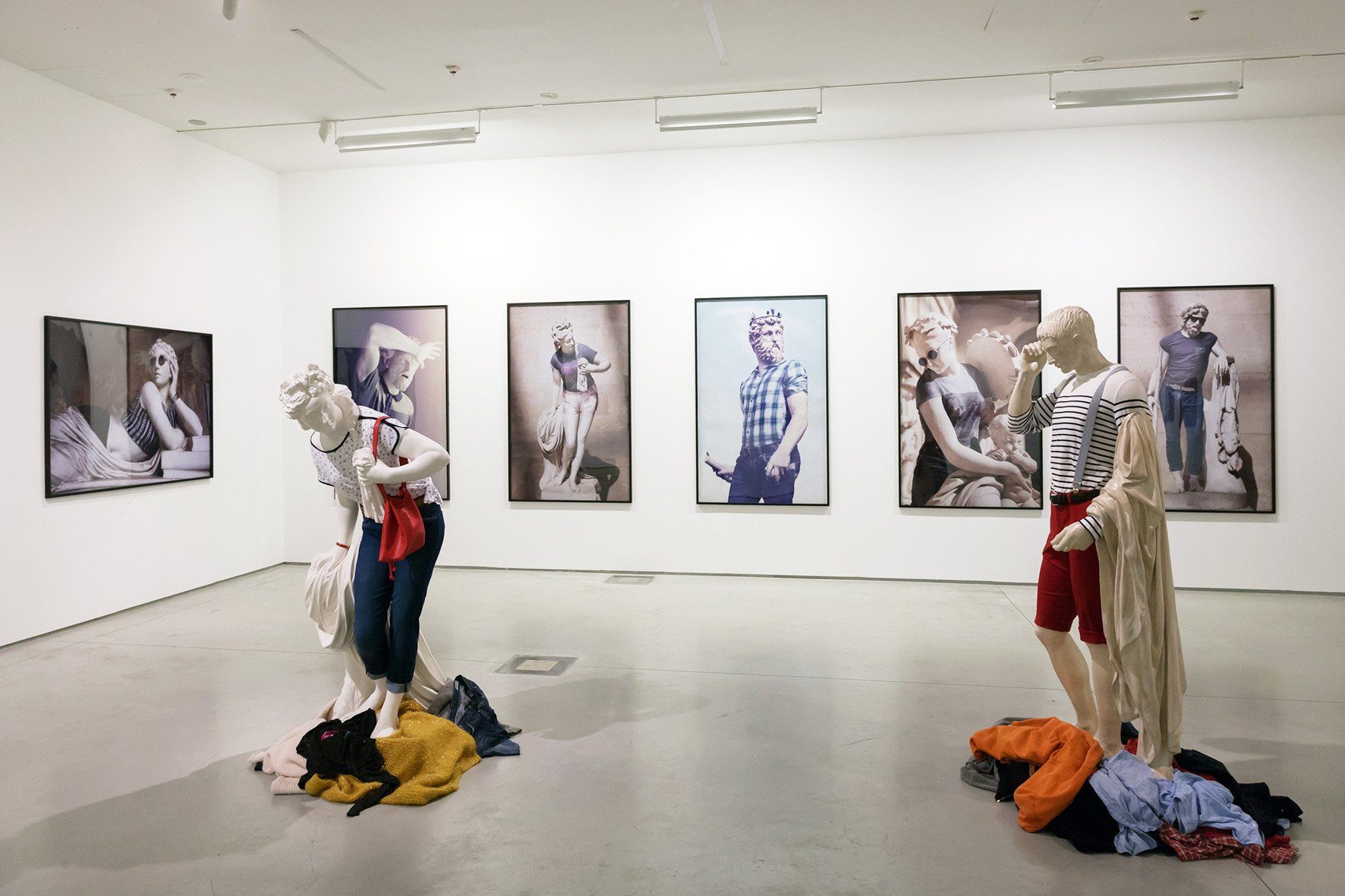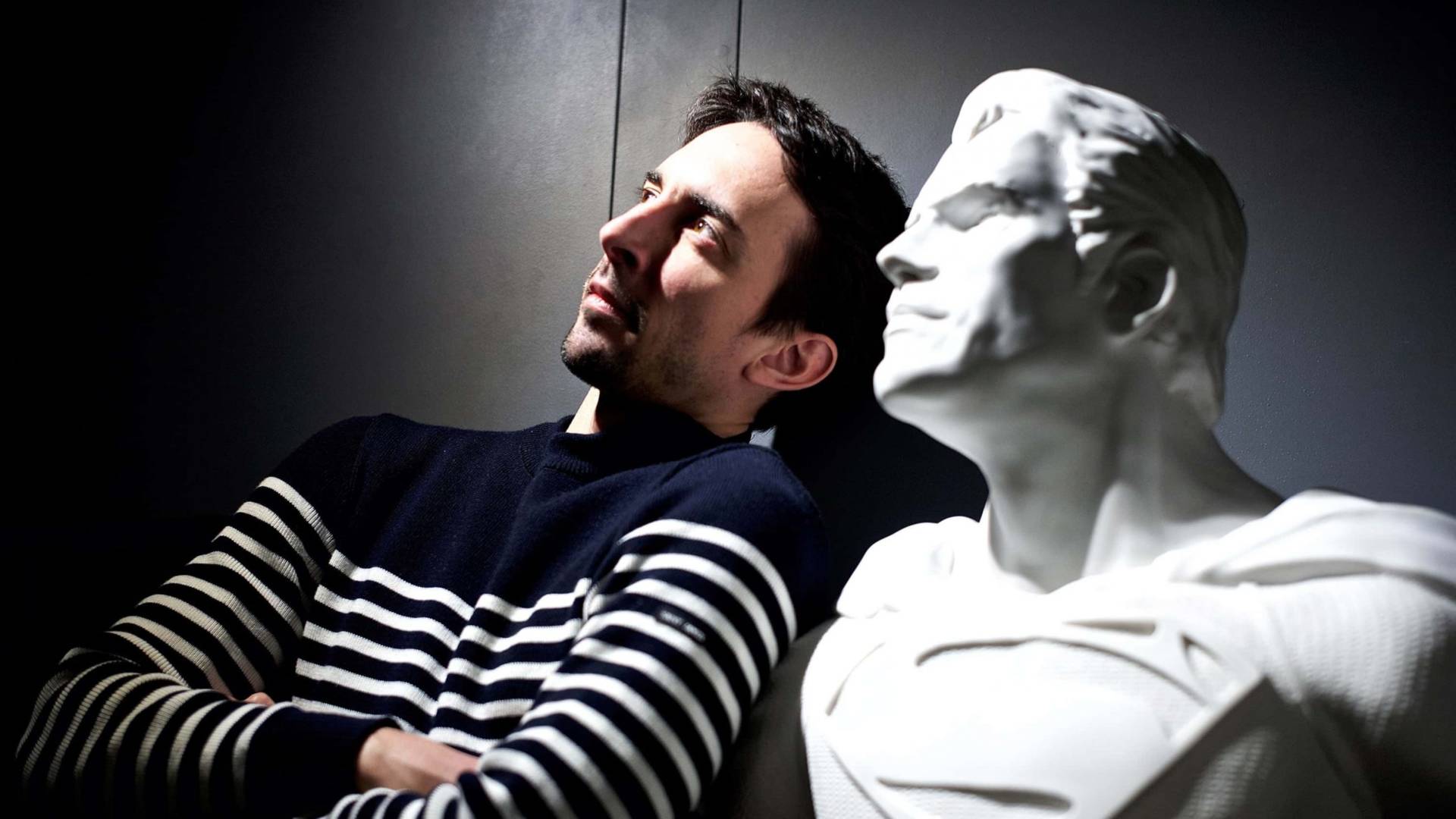
Léo Caillard
Sculptor and Photographer
The history of sciences has always fascinated Léo Caillard. From archeology to anthropology, the artist is fascinated by human evolution and the idea of time. Mindful of individuals’ fleeting visits on Earth, Caillard references the impact of history on our contemporary moment in his work; stating he “look[s] at history to reimagine our current society.” Trained in digital photography at Les Gobelins in Paris, in 2013 he created his photographic series, Hipsters in Stone. Inspired by the style of New Yorkers, he re-dressed neoclassical sculptures from the Louvre’s collection, creating a fusion between ancient myths and contemporary conversation. This humorous mismatch subsequently made his images go viral on social media.
Trained in marble carving, since 2017 Caillard has created sculptures, opening up his work to an entirely new dimension. As he notes, “if photography is sculpting with light, why not actually sculpt images”. This is what Caillard is now doing , using a variety of brand-age technology, such as 3D printing and AI; hybridising the ancient with the modern. Playing with internet culture, Caillard makes “glitchy sculptures”, where a wave runs through various renowned classical sculptures , such as Venus or Apollo. The result creates a visual uneasiness, leaving us wondering about the materials and techniques used. His sculptures are a commentary on our digital world, navigating between relativity and reality. As well as exploring the potentialities of the blockchain and NFTs, Caillard works with marble to ensure the long-lasting existence of his work.
Caillard has featured in numerous major institutions globally, including the Louvre Museum in Paris, the Museum of Fine Arts in Boston, the Fondation Cartier in Paris, the Los Angeles County Museum of Art (LACMA), and the Museum of Contemporary Art Tokyo, with his pieces being hung beside esteemed artists such as Yves Klein, Damien Hirst and Marc Quinn. Stretching his practice between marbles and screens, Caillard’s work creates a dialogue between the past and present, offering us a glimpse into a possible future.
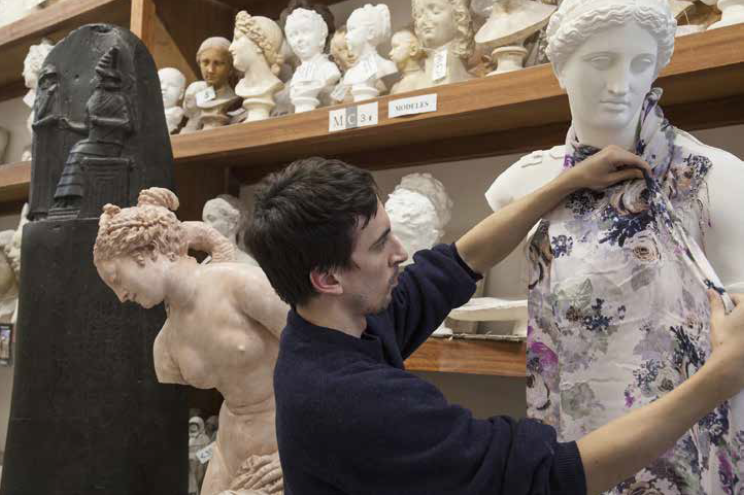
Plan a visit to Leo’s studios in Paris here
Selected
artworks
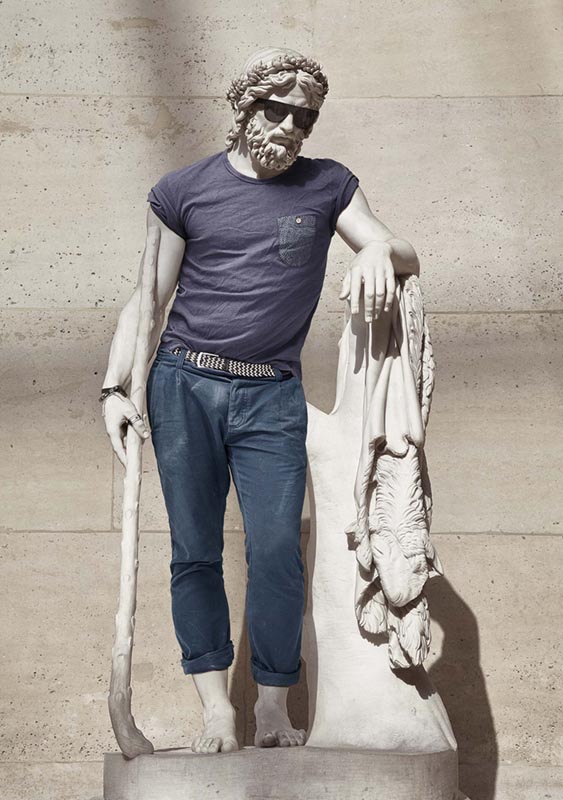
Hipster in Stone , 2012
Marble and clothes/ Photography fine art print edition 100 x 150 cm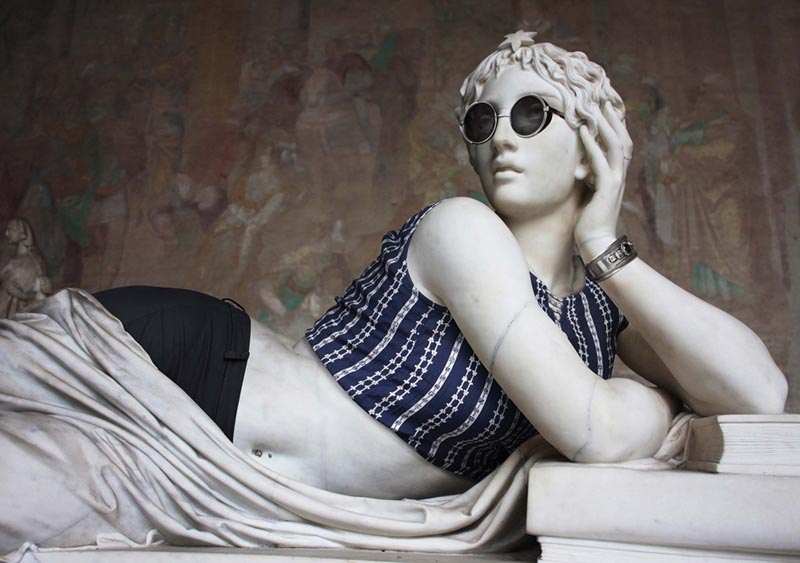
Hipster in Stone IV , 2017
Fine Art Print under Gallery Diasec in Box Frame 100 x 150 cm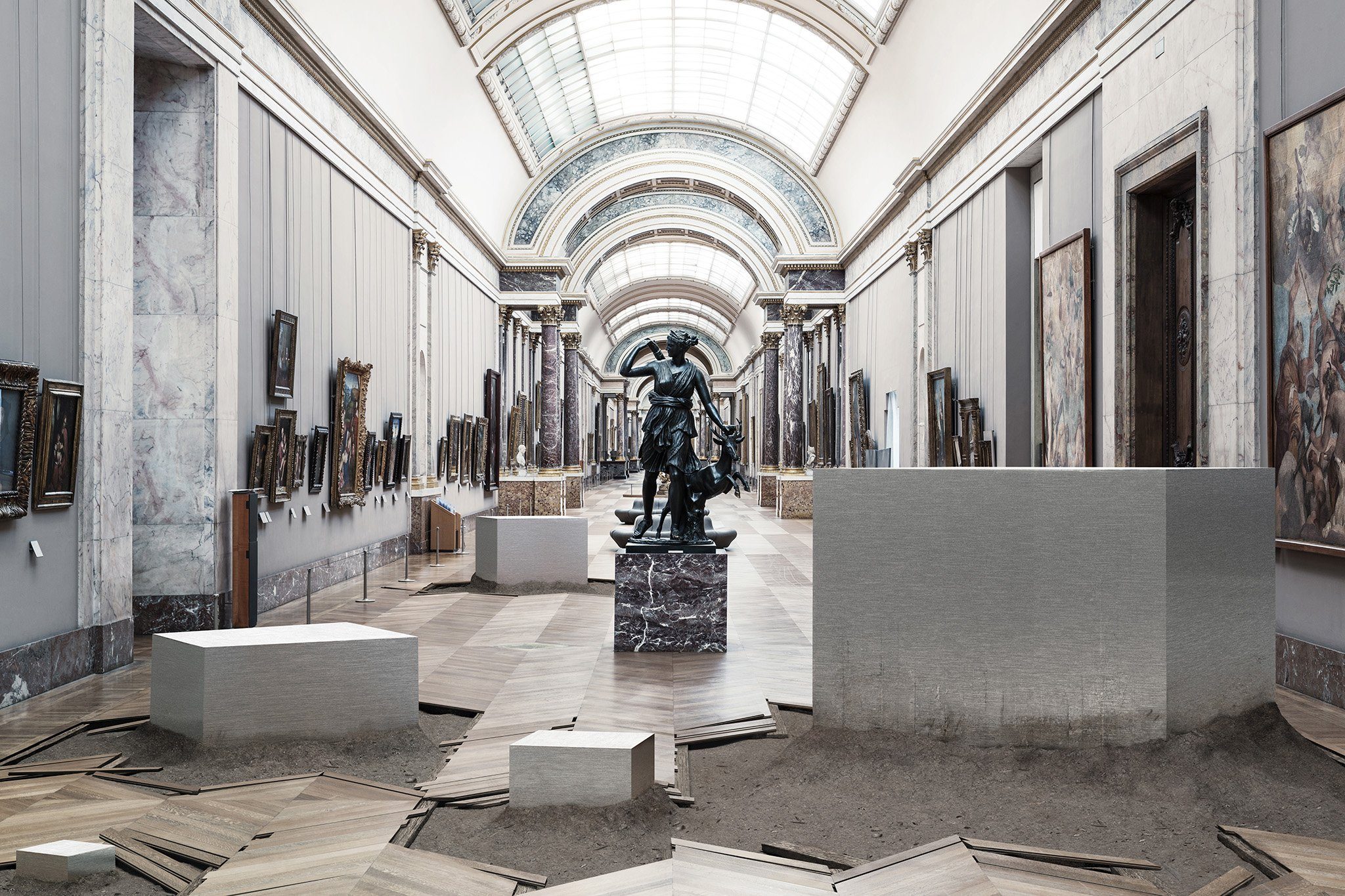
Below Museum
Fine Art print with Diasec or frame 80 x 120 cm (Small) Edition of 5+2 AP - (Large) Edition of 3+1 AP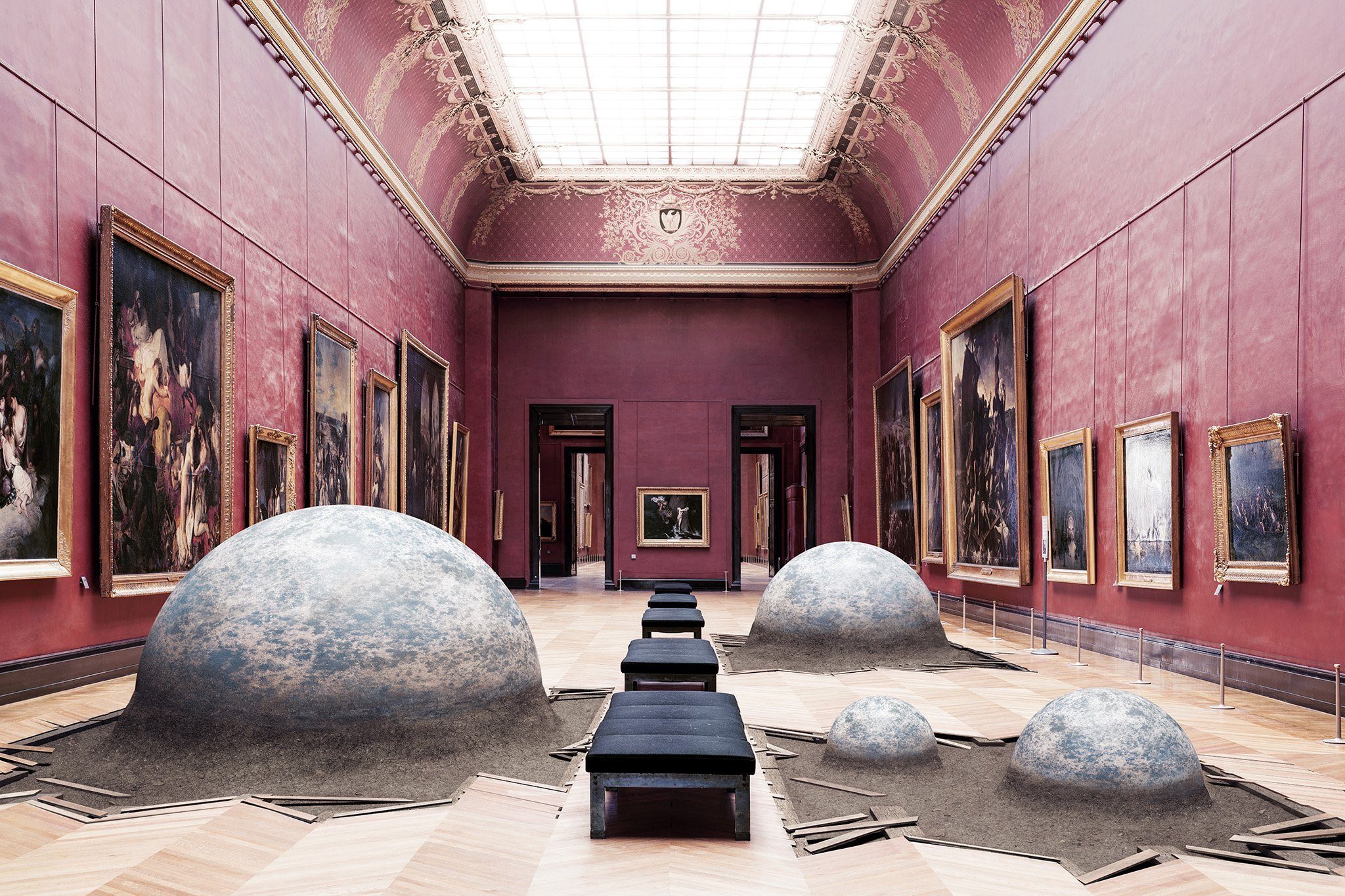
Below Museum
Fine Art print with Diasec or frame 80 x 120 (Small) Edition of 5+2 AP - (Large) Edition of 3+1 AP
Below Museum
Fine Art print with Diasec or frame 80 x 120 cm (Small) Edition of 5+2 AP - (Large) Edition of 3+1 AP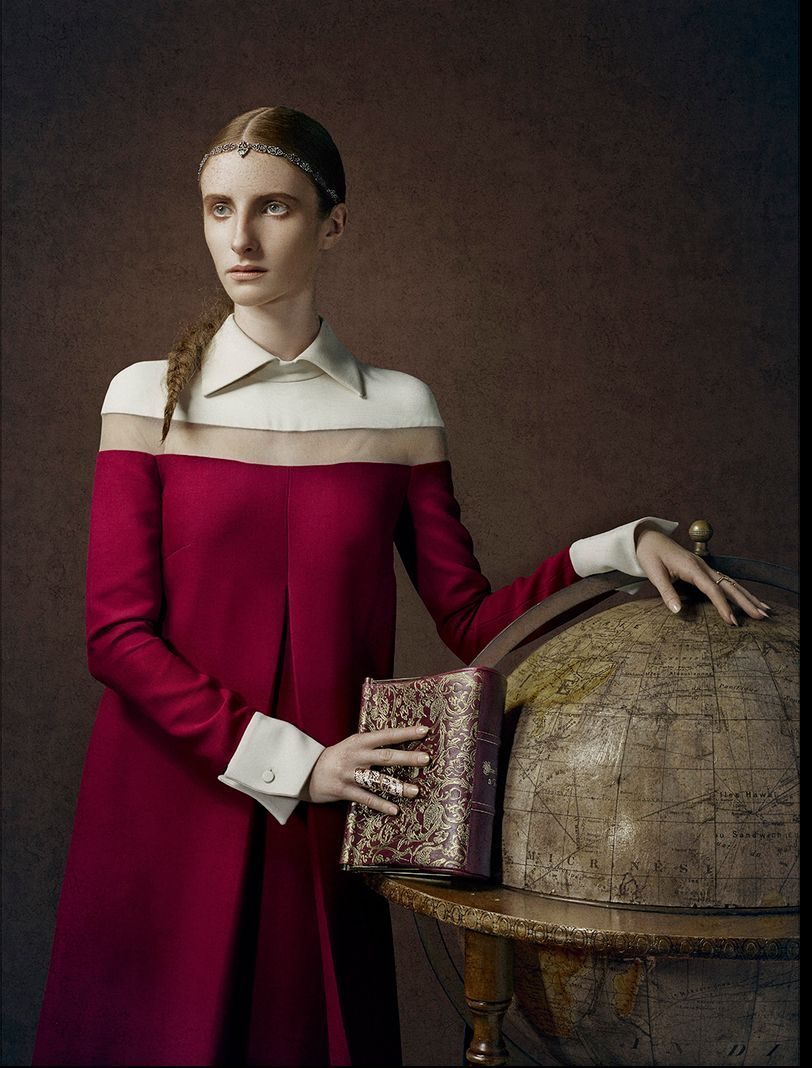
Renaissance II , 2019
Fine Art Print under Gallery Diasec in Box Frame 80 x 120 cm Edition de 4 ex + 1 AP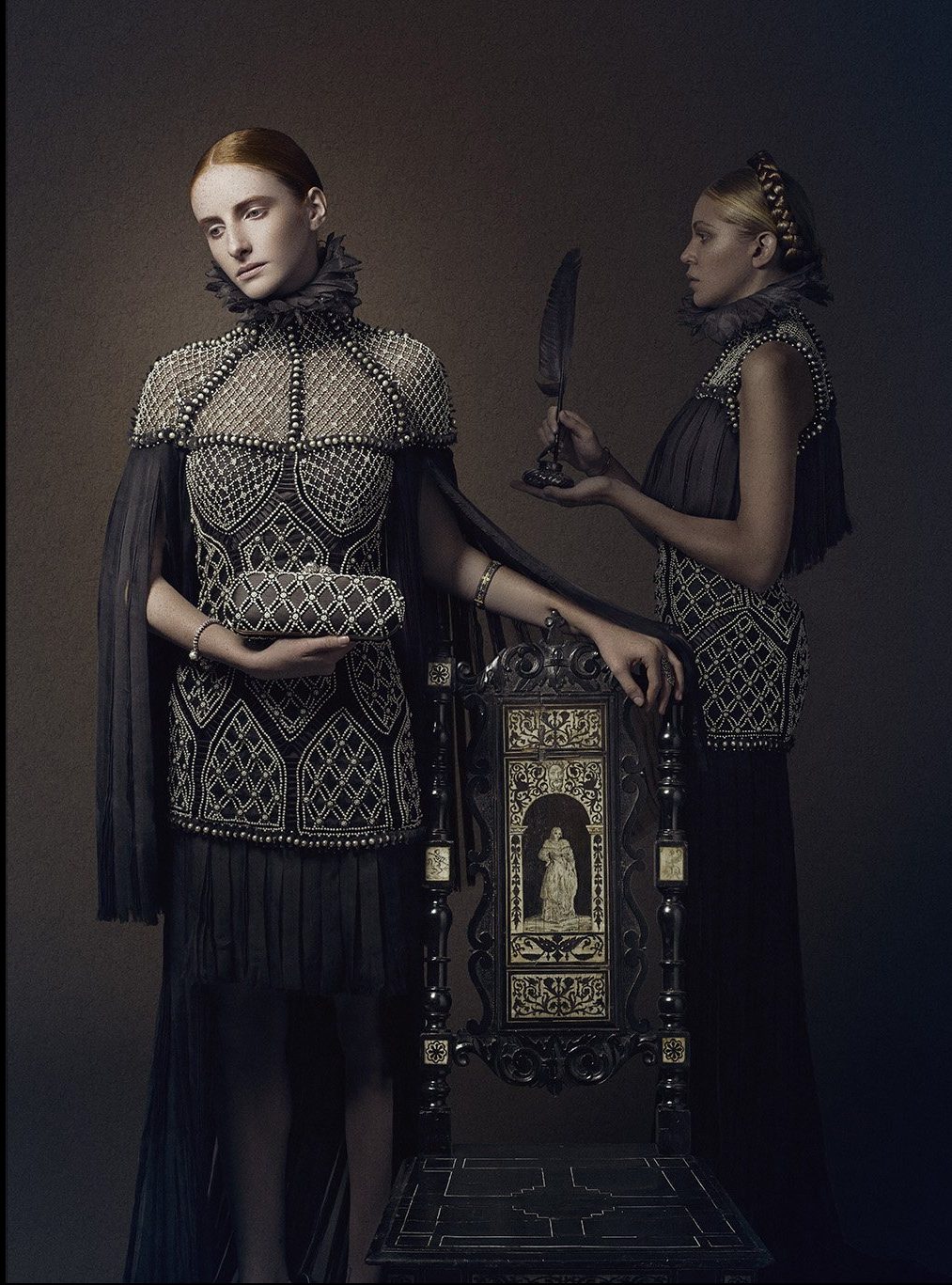
Renaissance III , 2019
Fine Art Print under Gallery Diasec in Box Frame 80 x 120 cm Edition of 4 ex + 1 AP
Renaissance IV , 2019
Fine Art Print under Gallery Diasec in Box Frame 80 x 120 cm Edition of 4 ex + 1 AP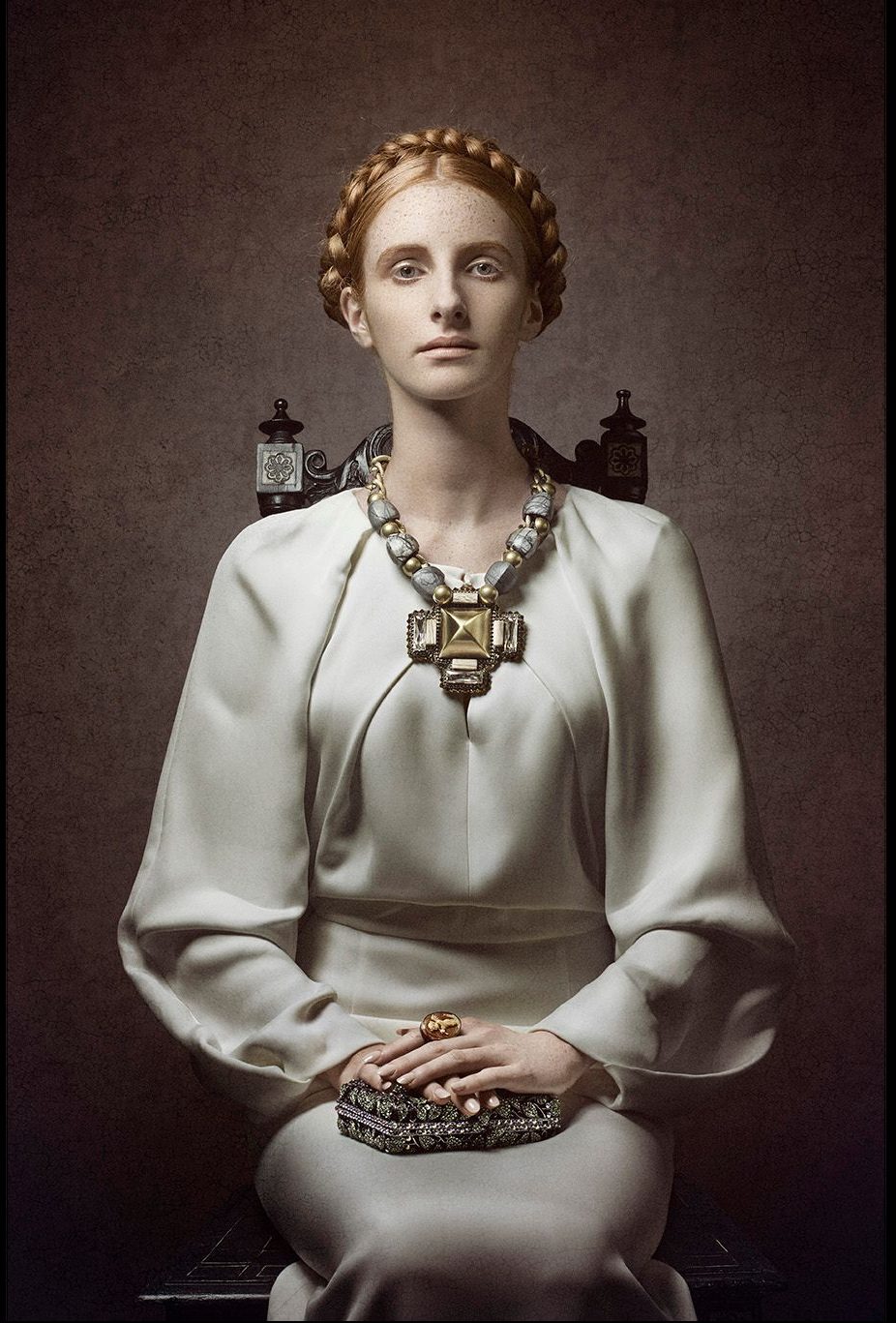
Renaissance V , 2019
Fine Art Print under Gallery Diasec in Box Frame 80 x 120 cm Edition de 4 ex + 1 AP
Renaissance VI , 2019
Fine Art Print under Gallery Diasec in Box Frame 80 x 120 cm Edition de 4 ex + 1 AP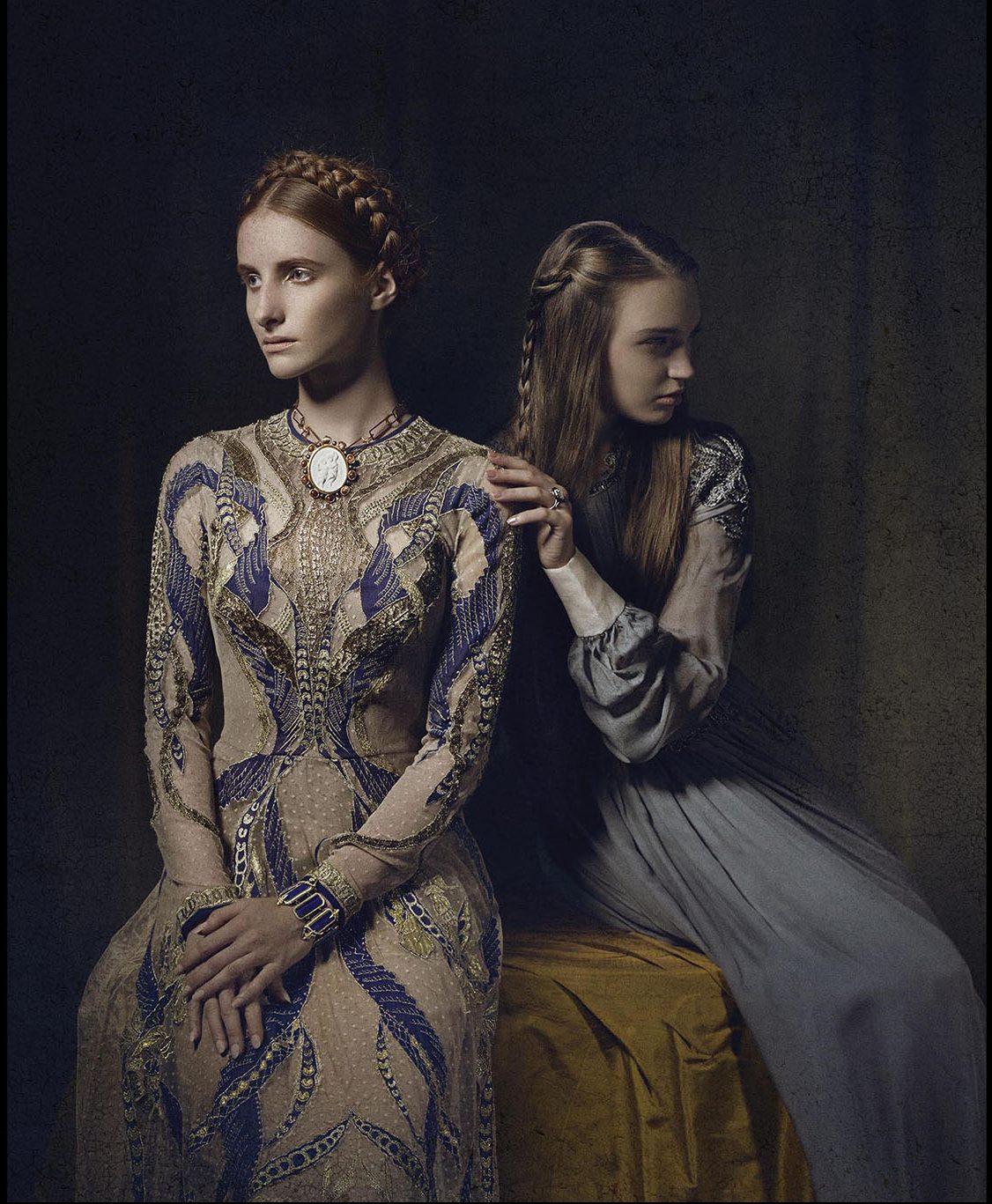
Renaissance VII , 2019
Fine Art Print under Gallery Diasec in Box Frame 80 x 120 cm Edition of 4 ex + 1 AP